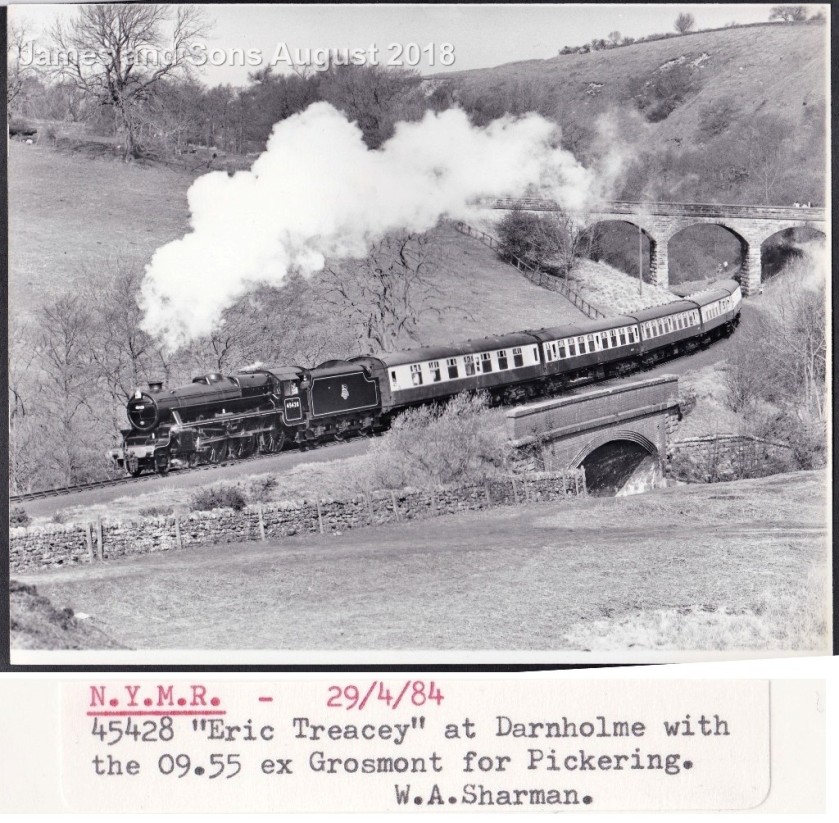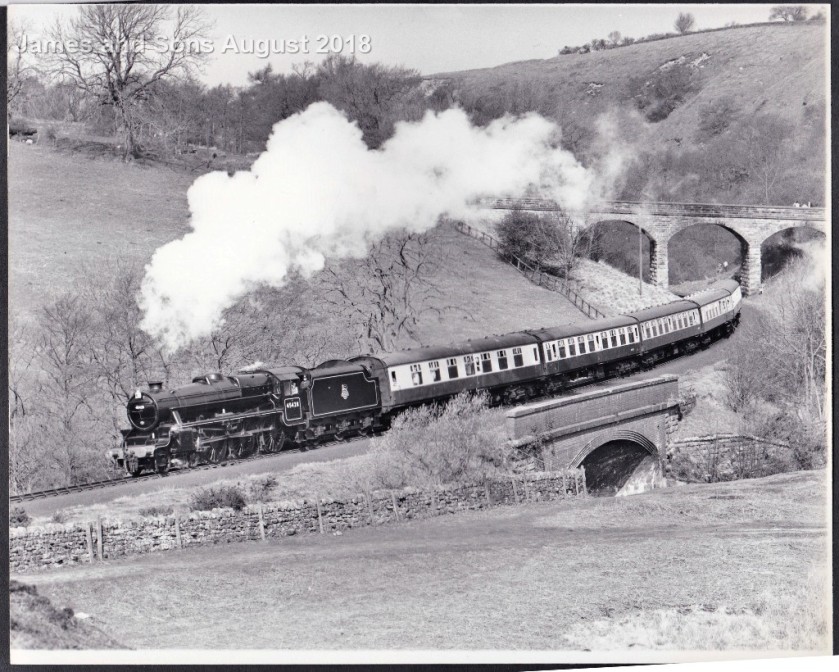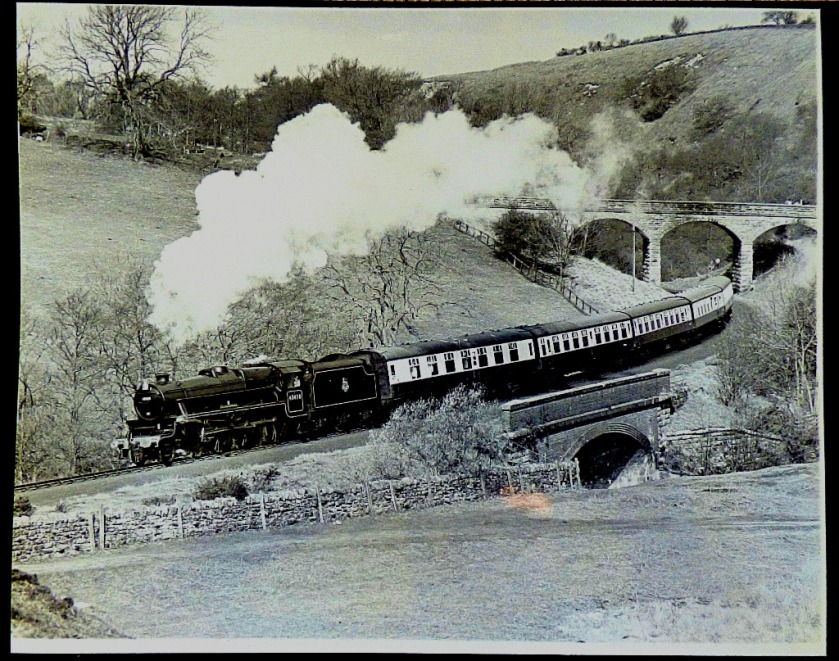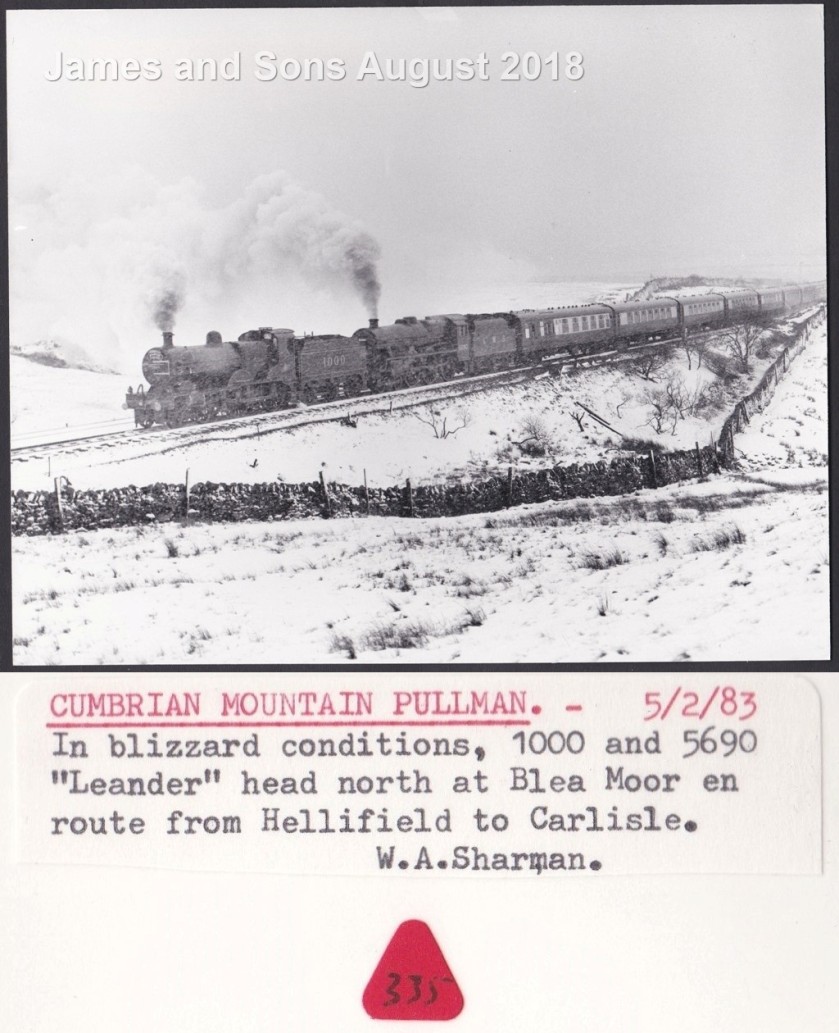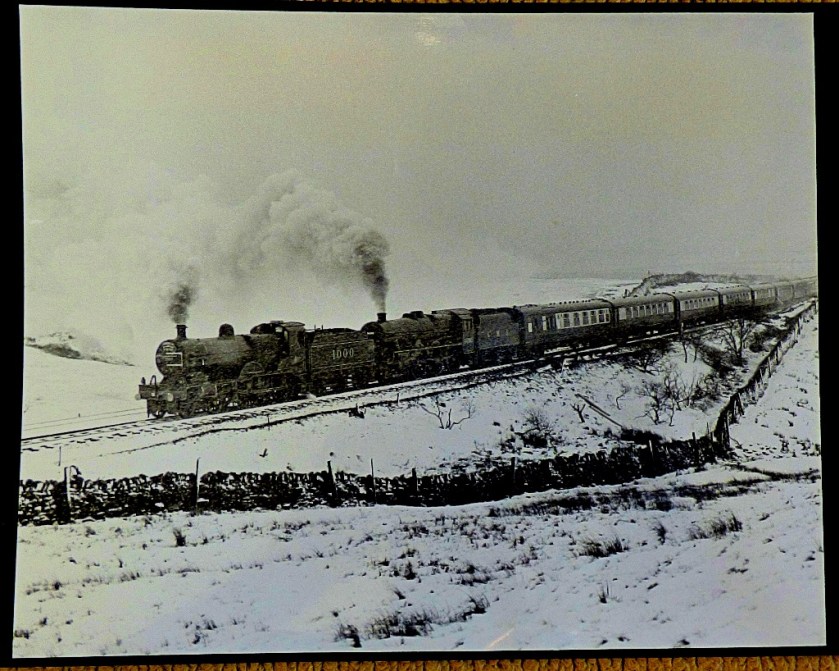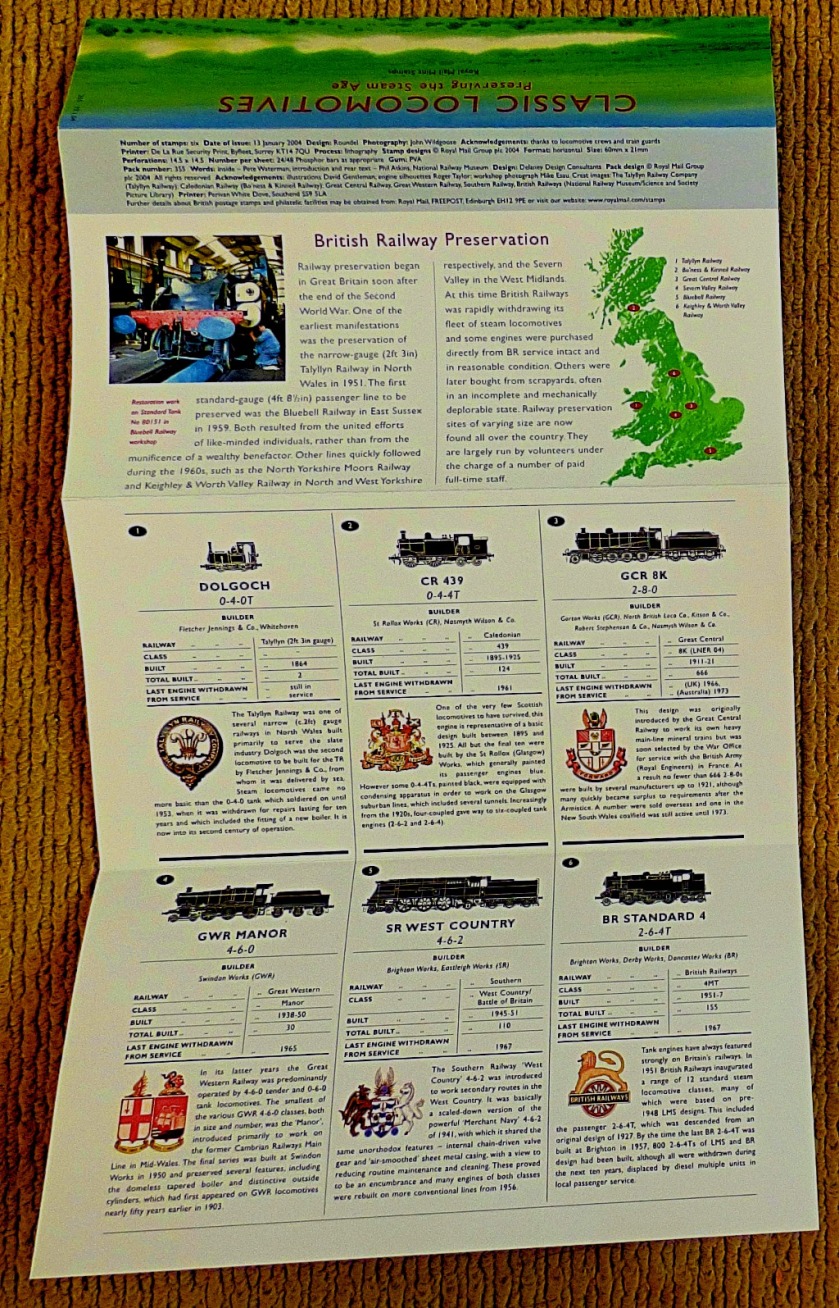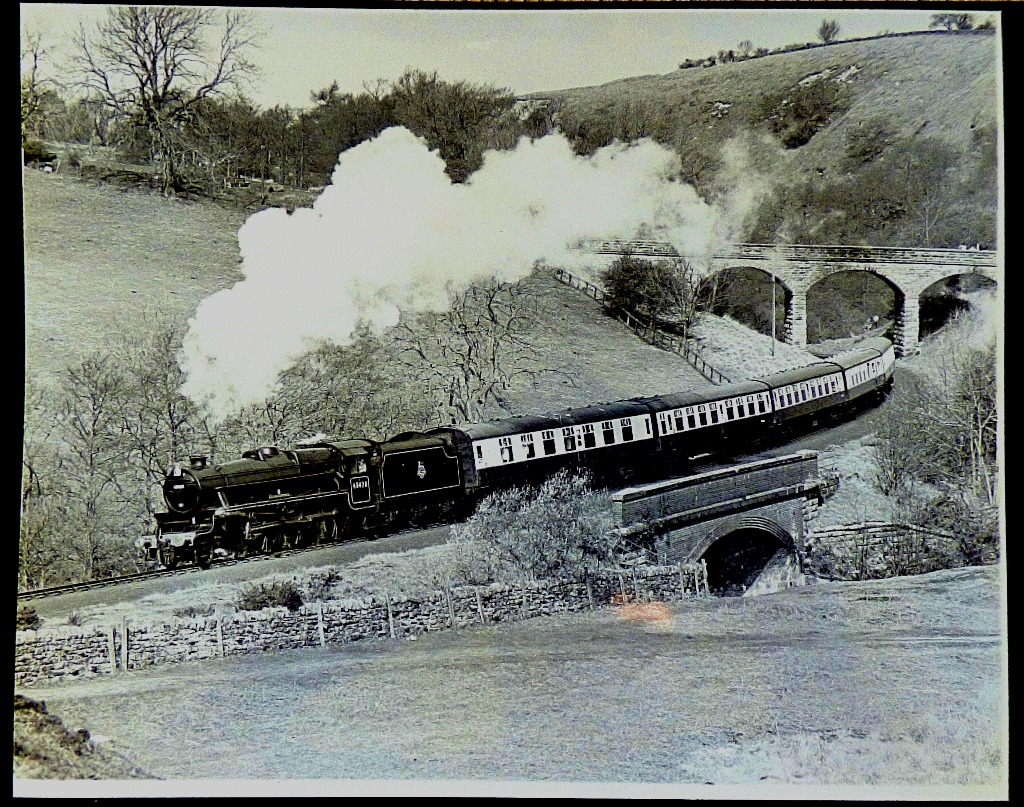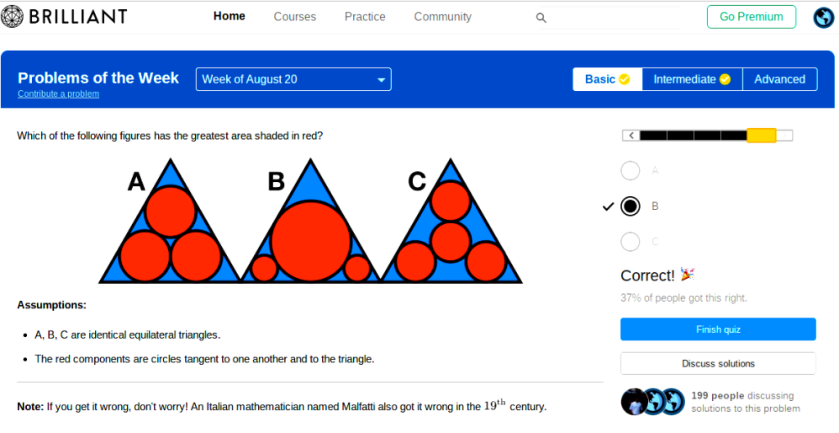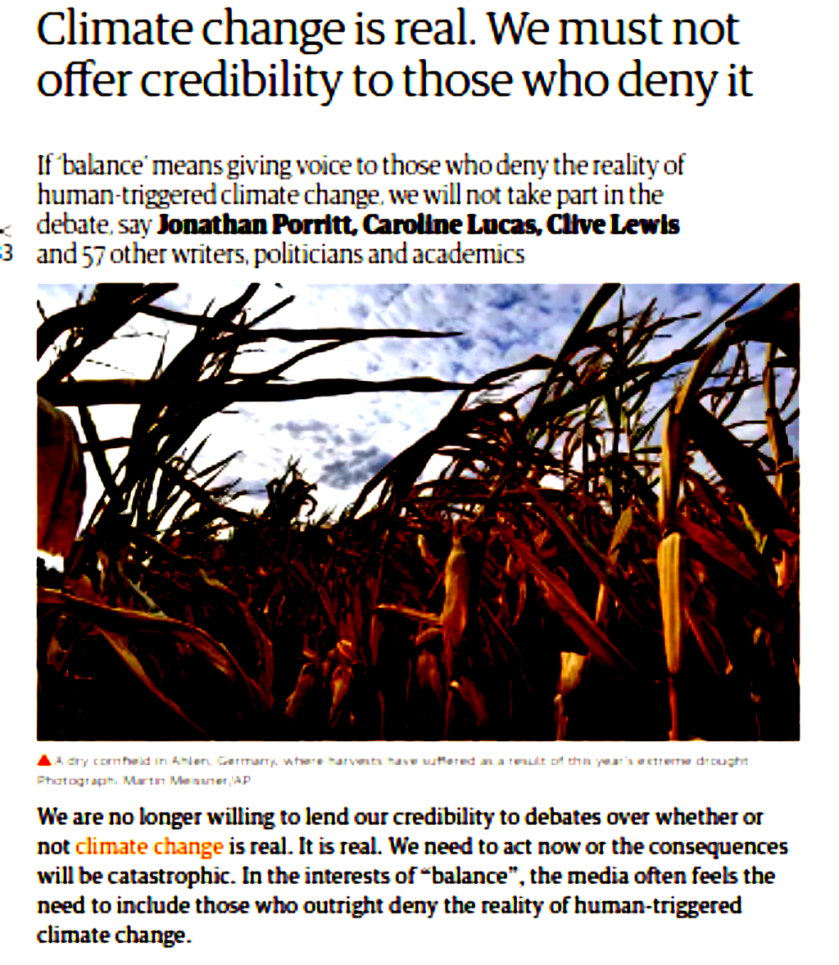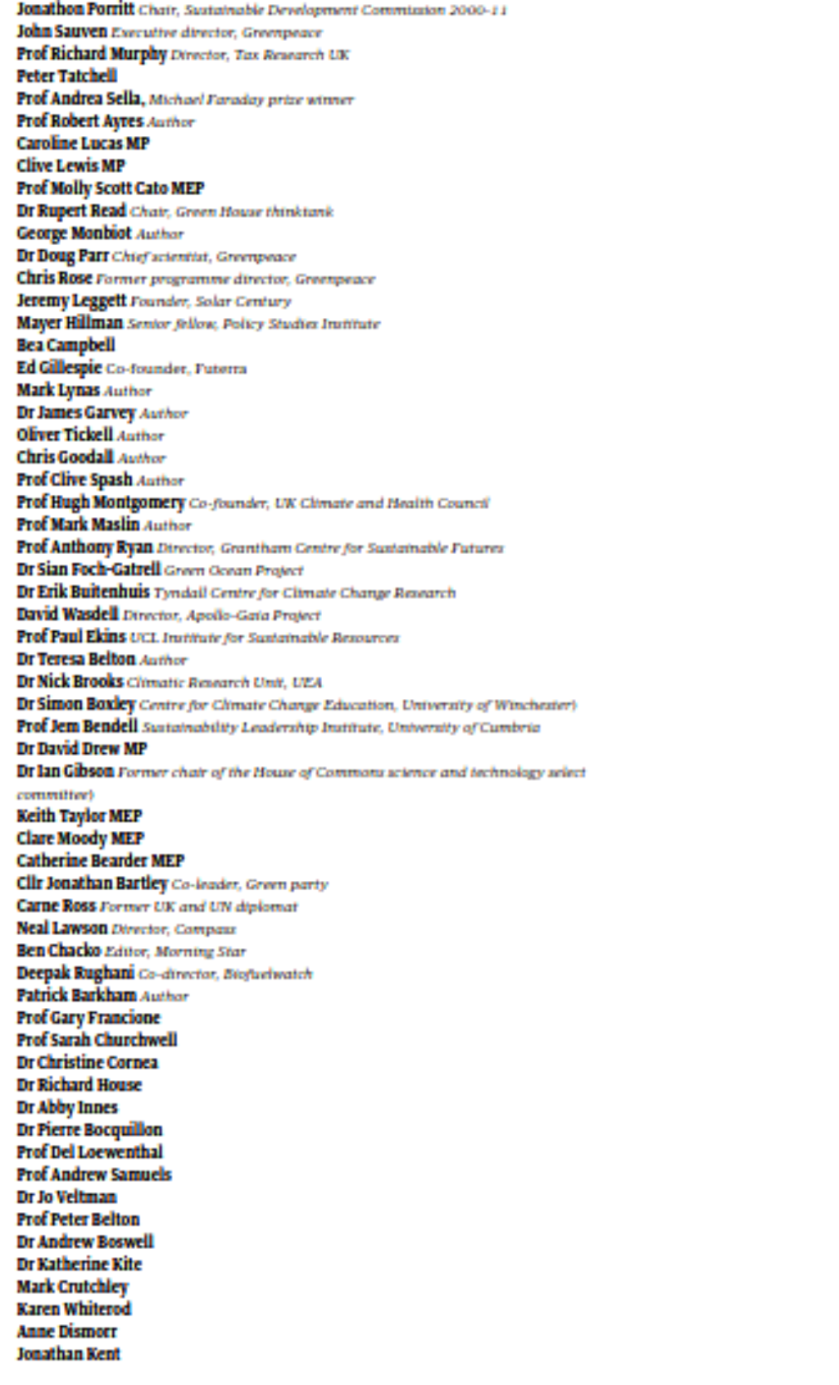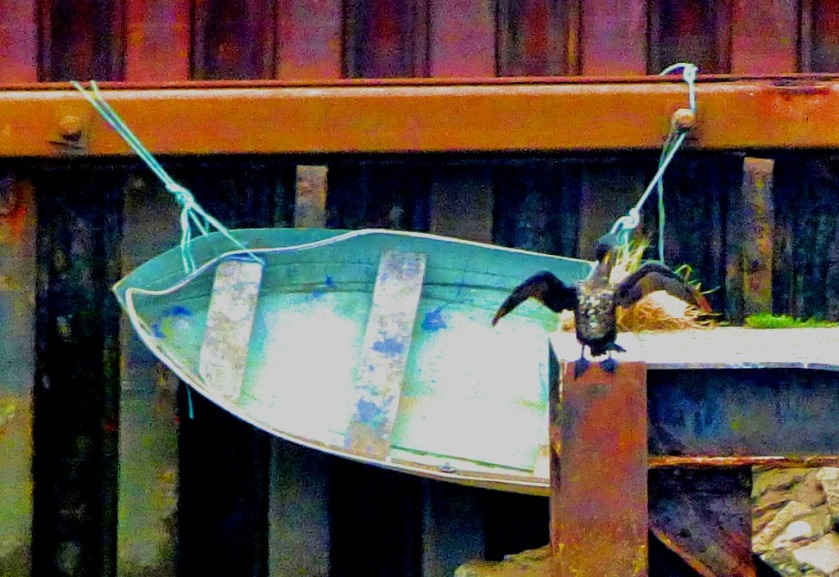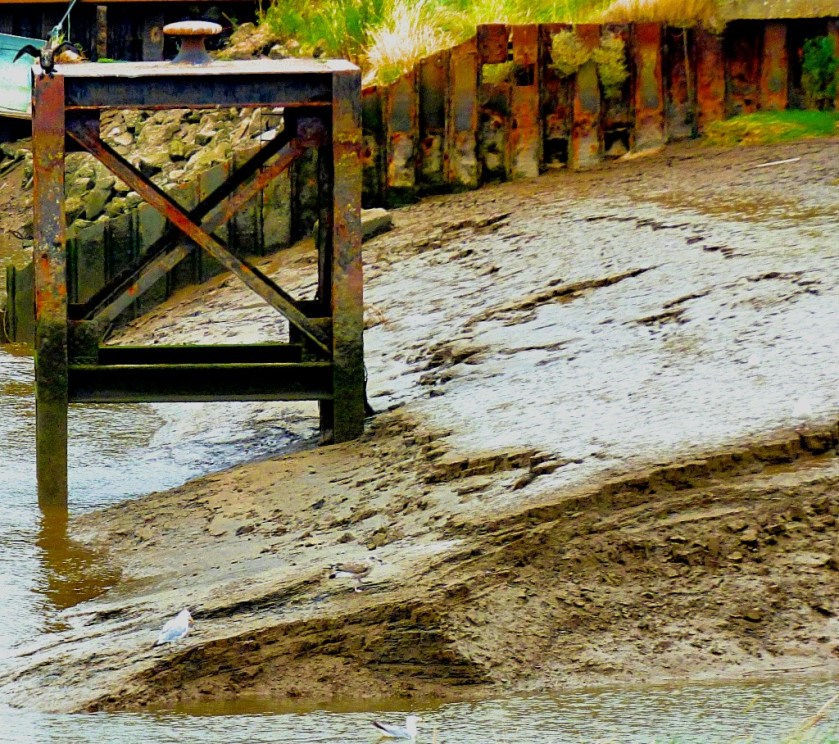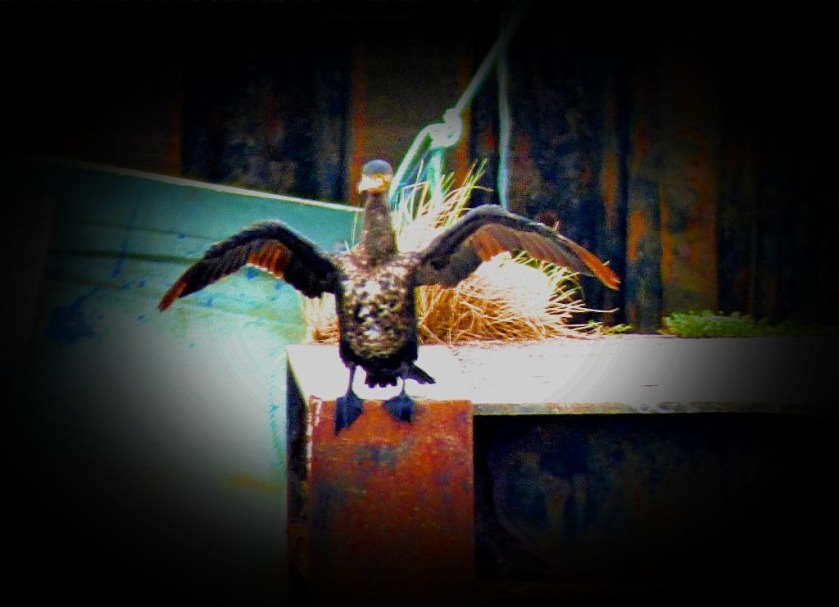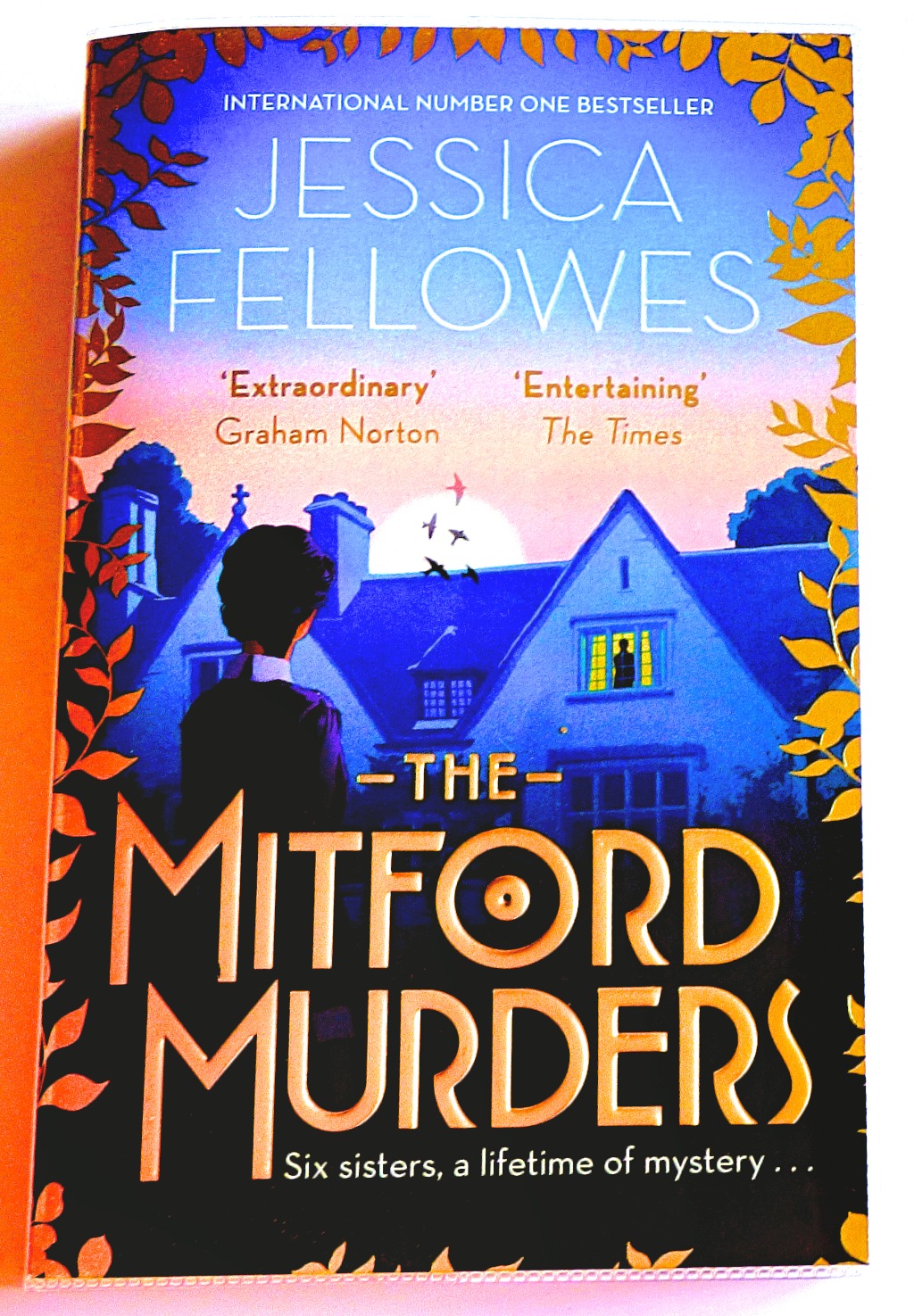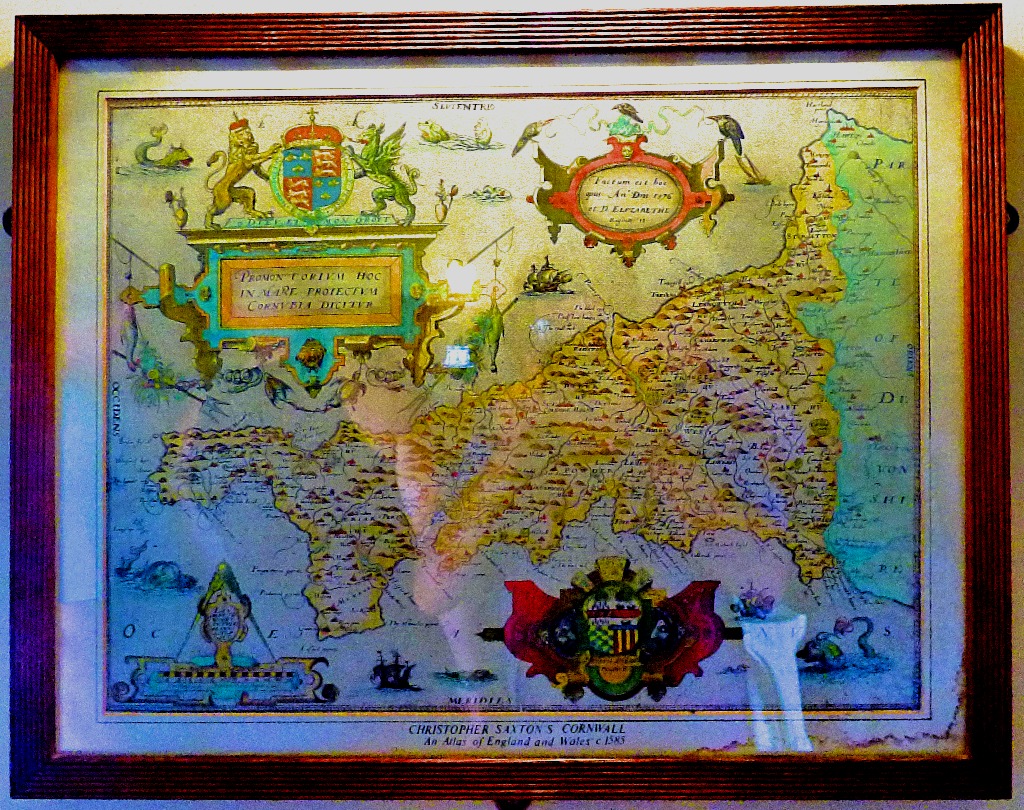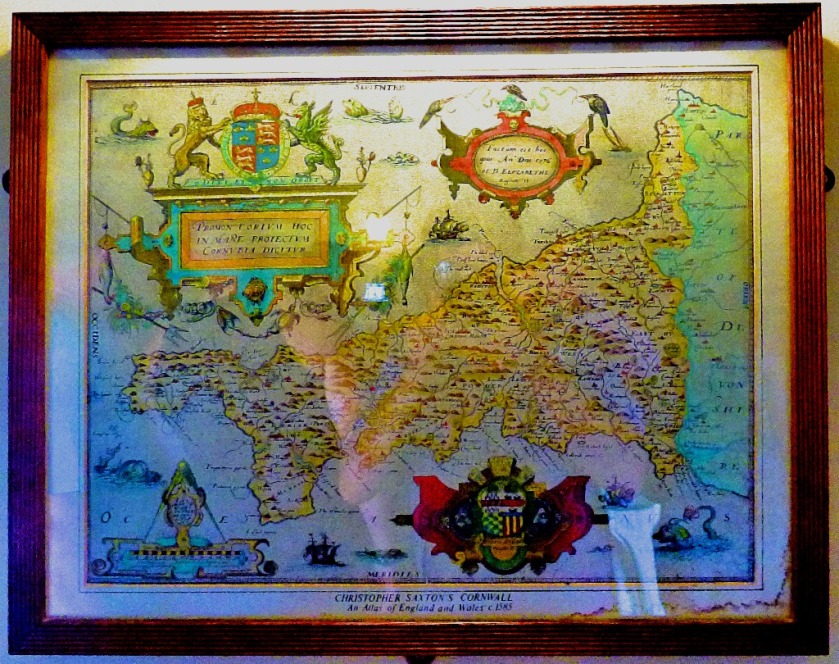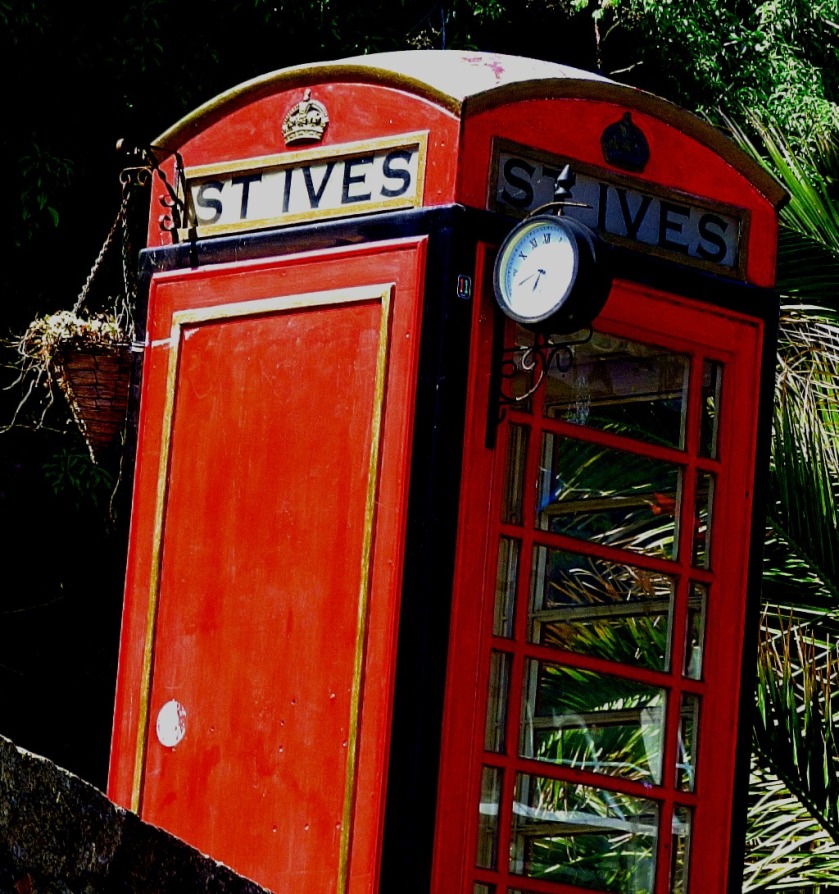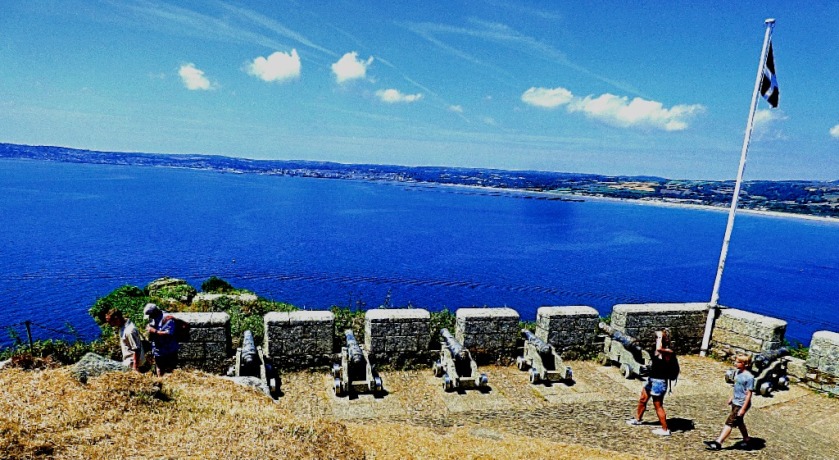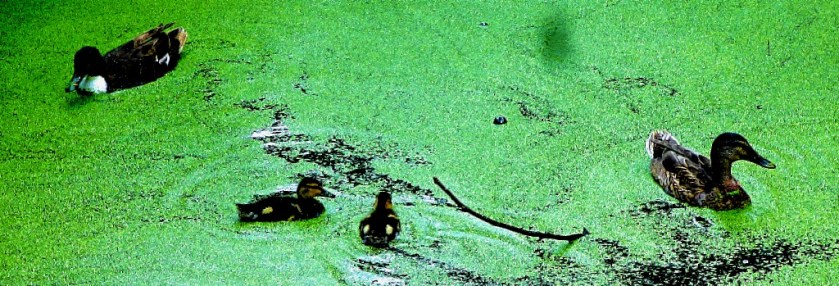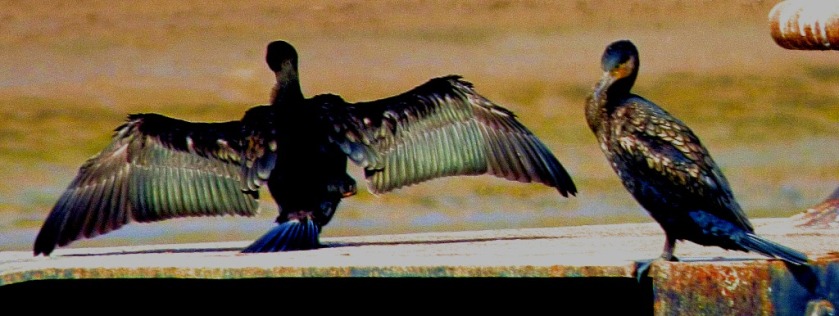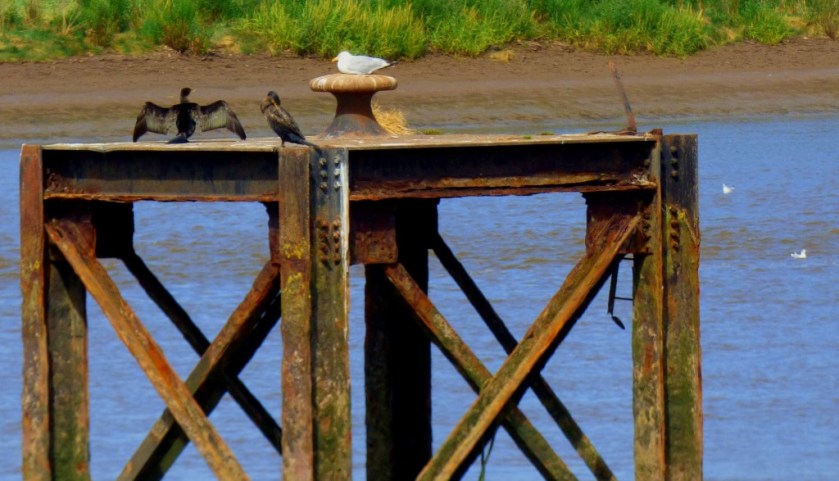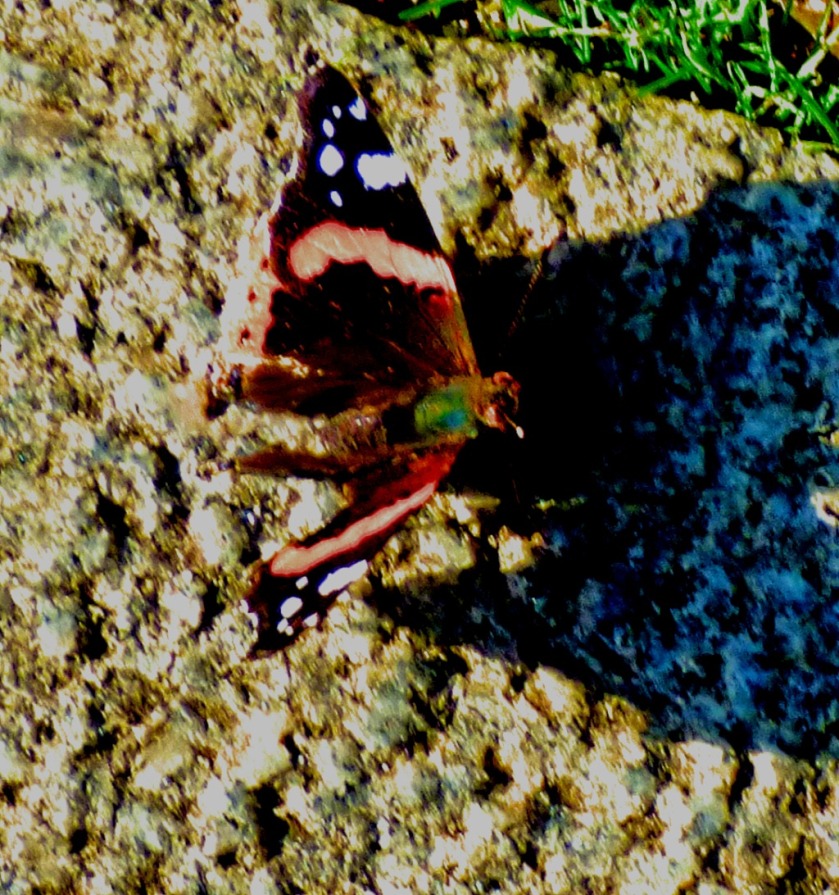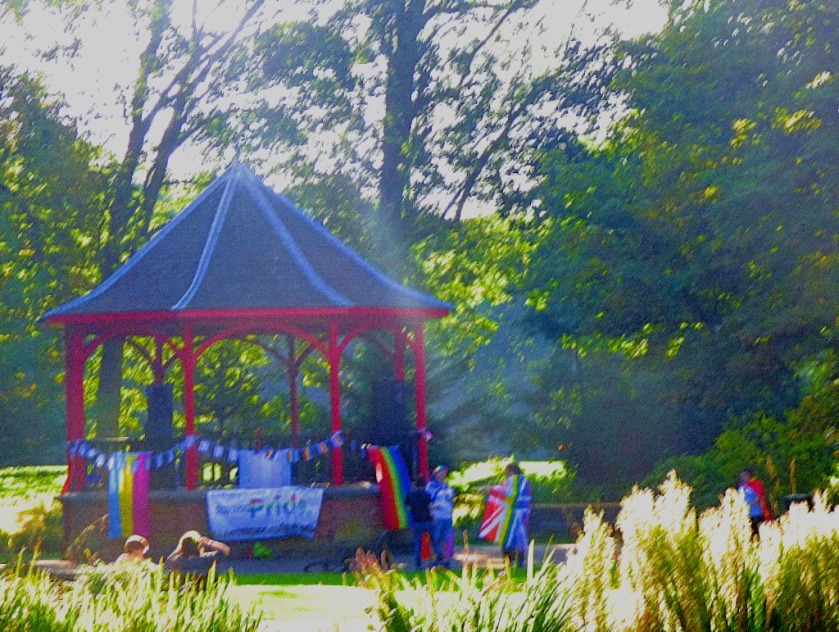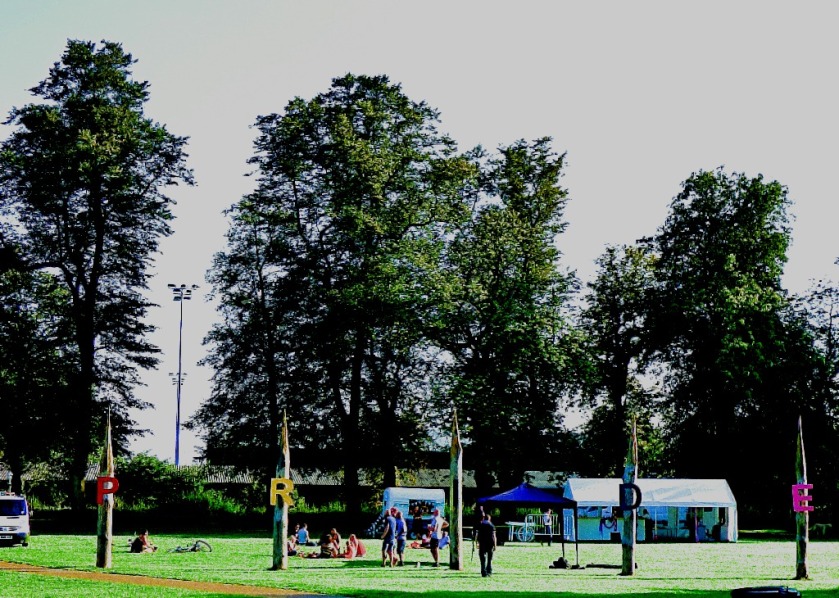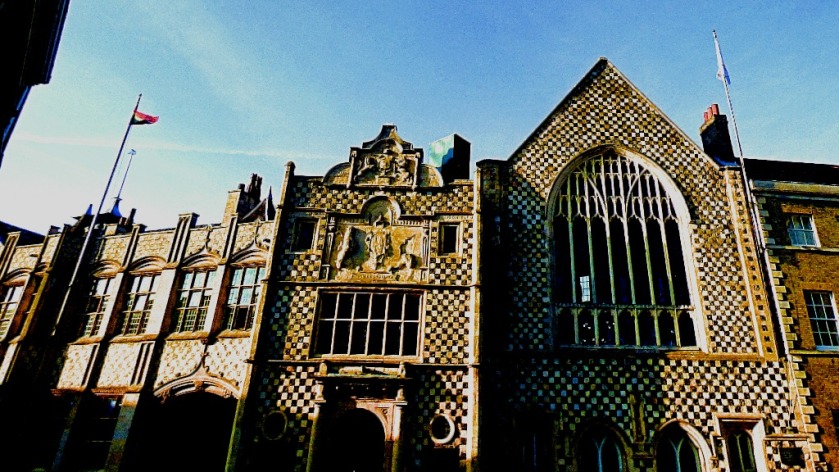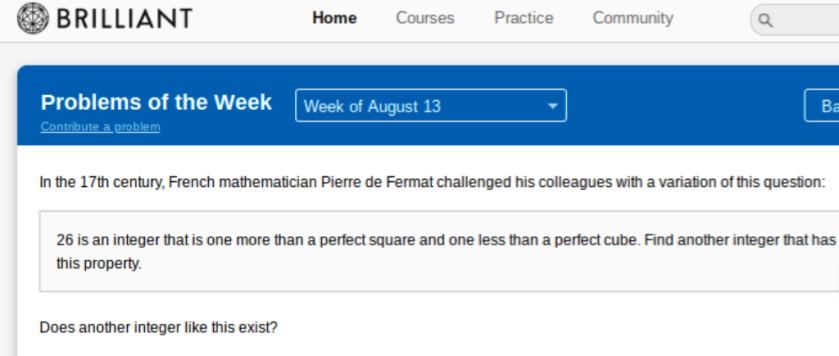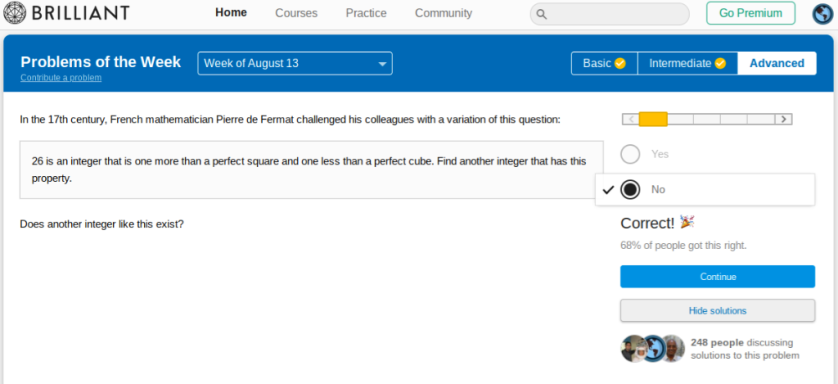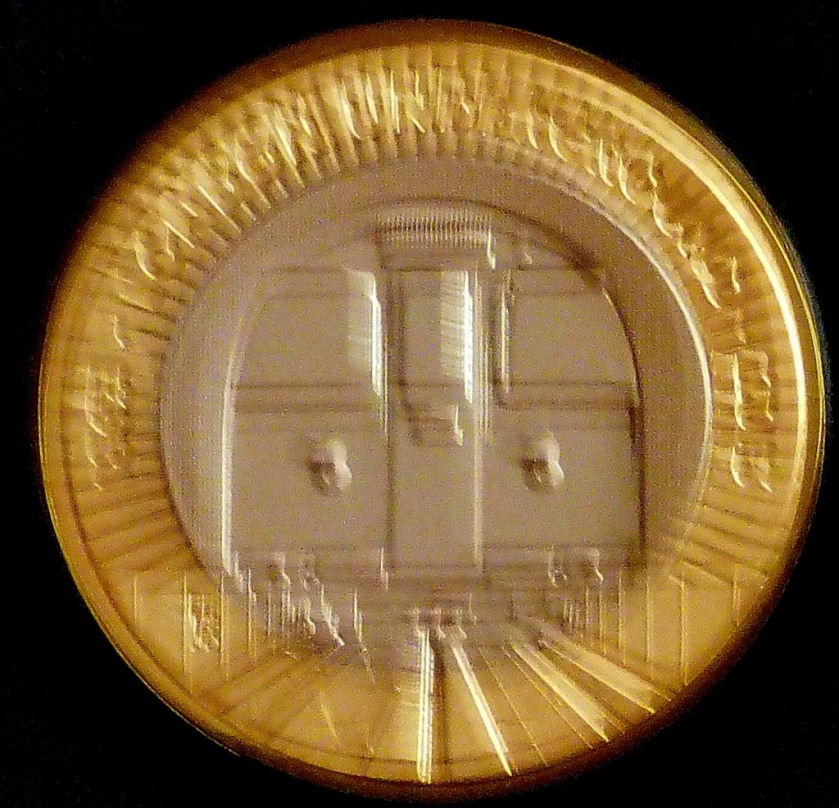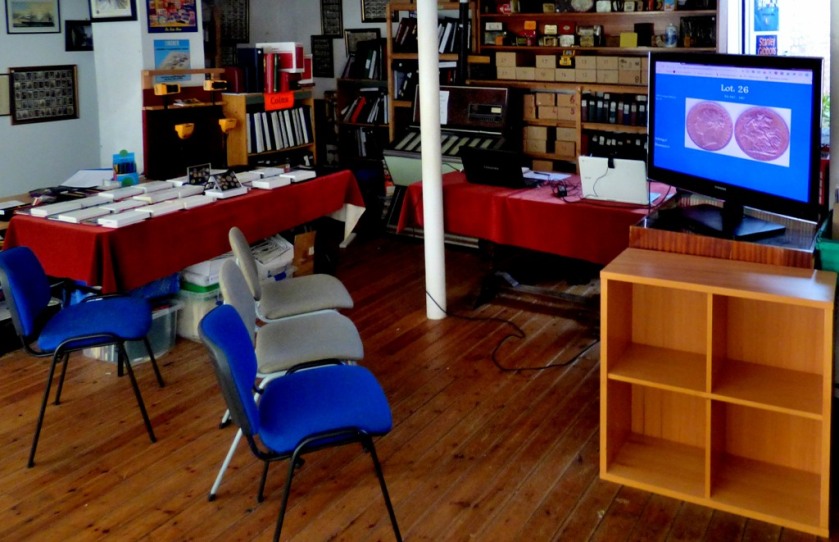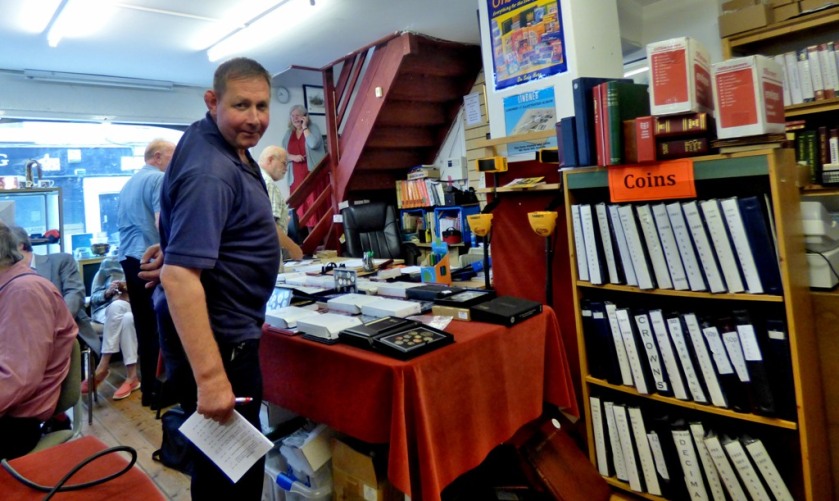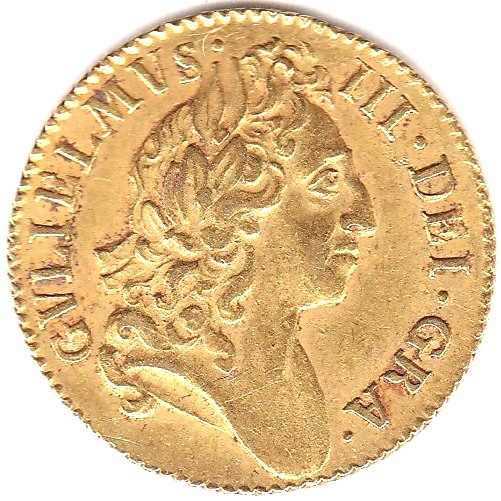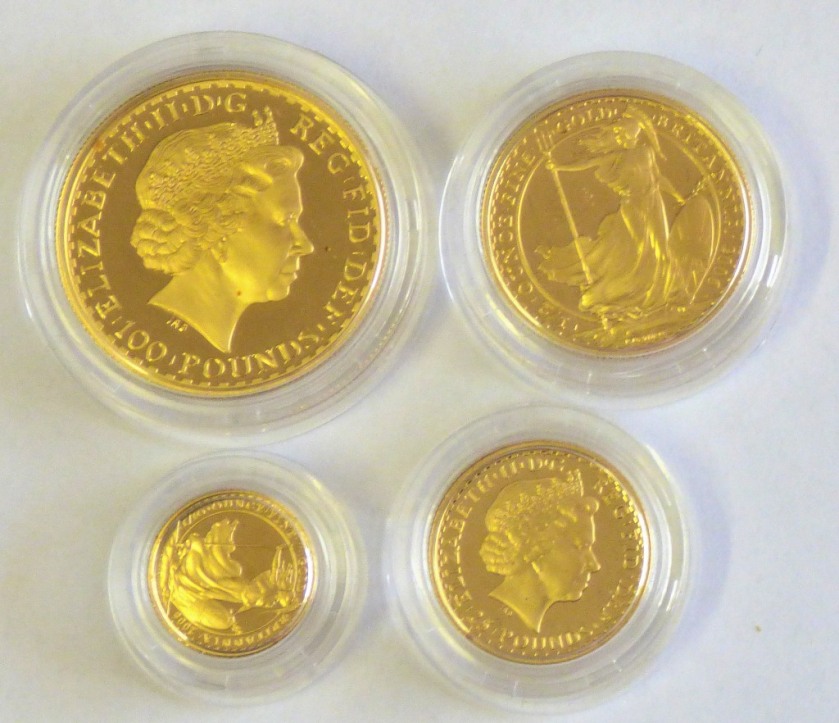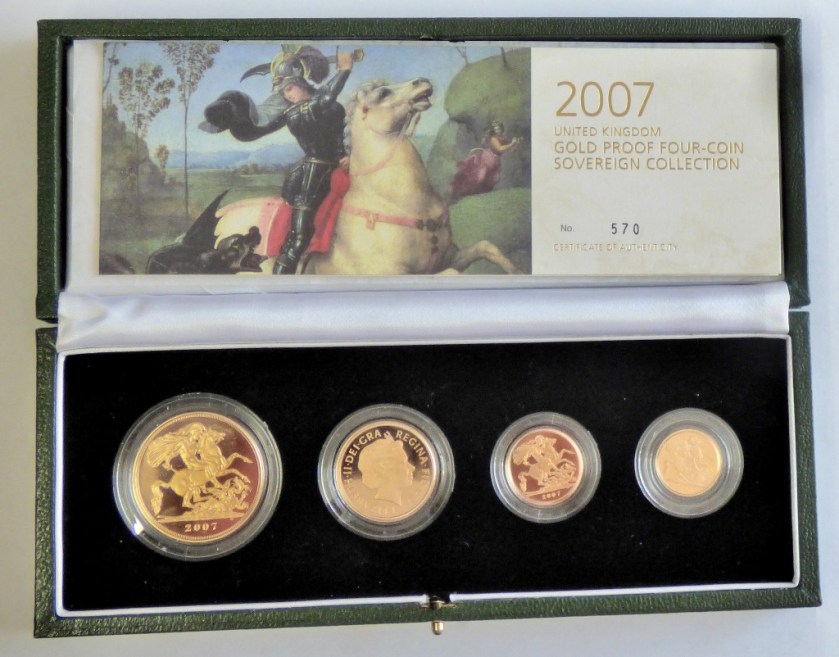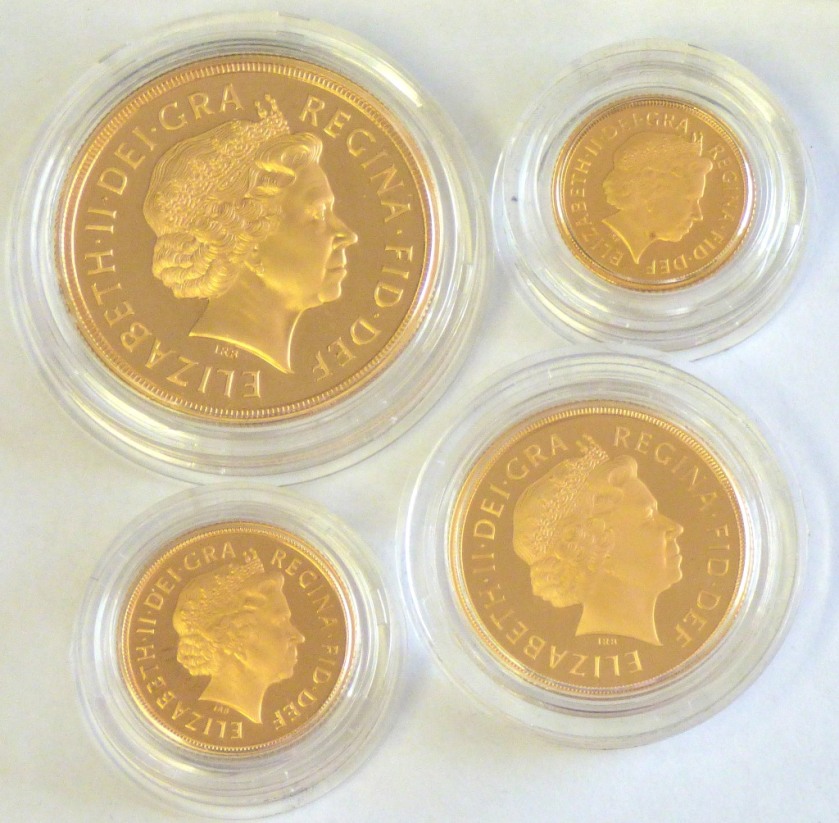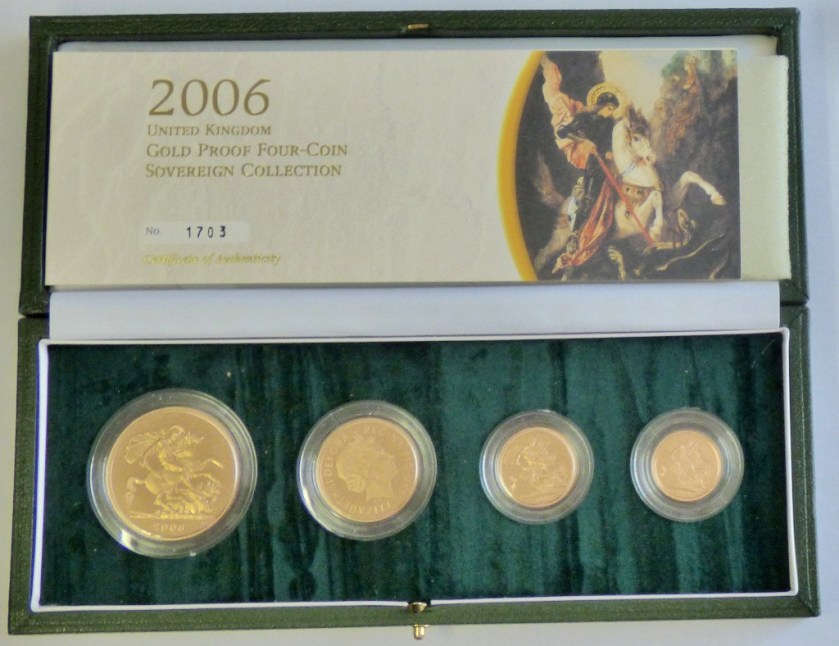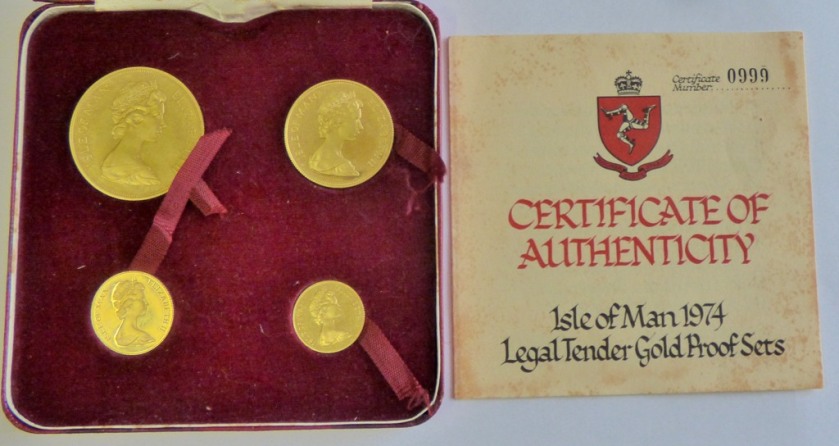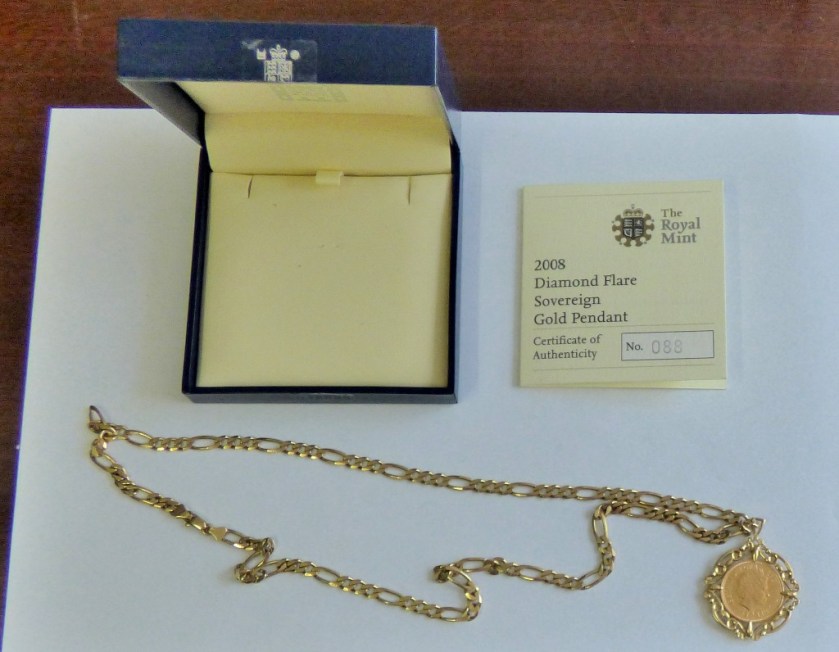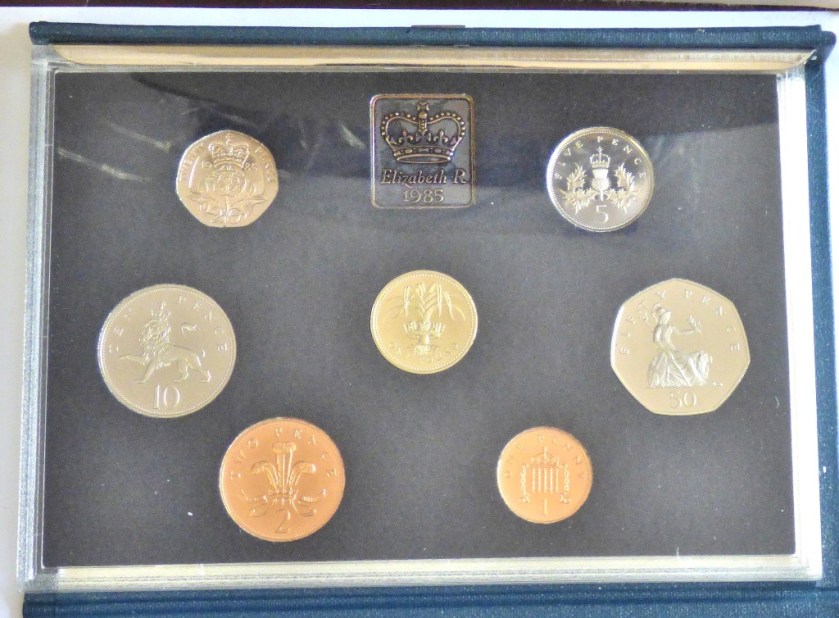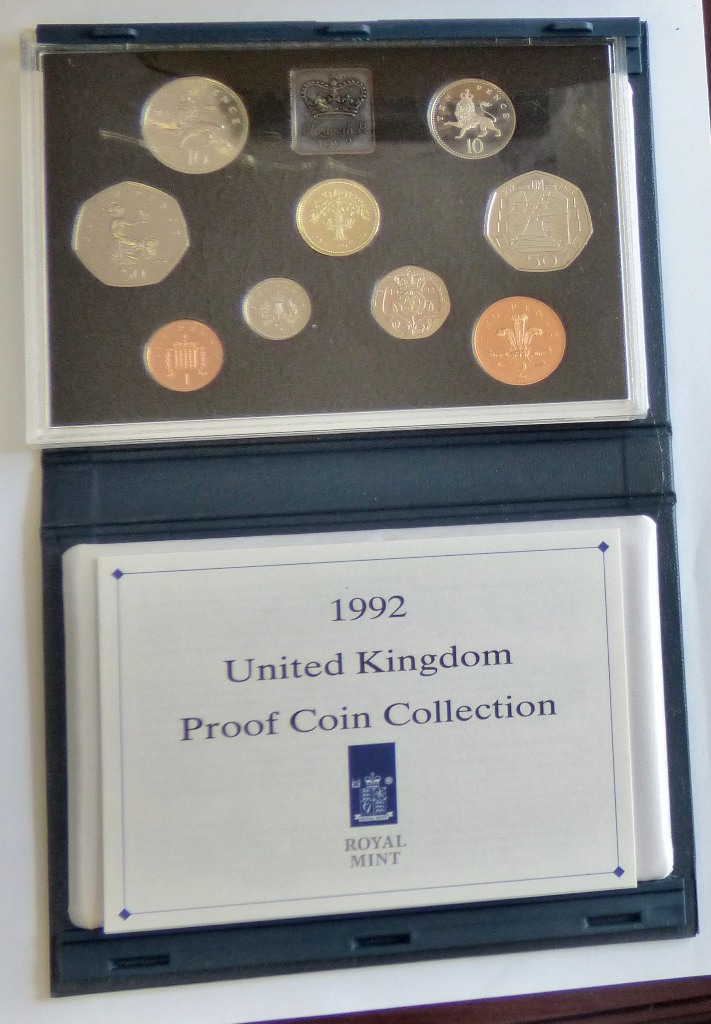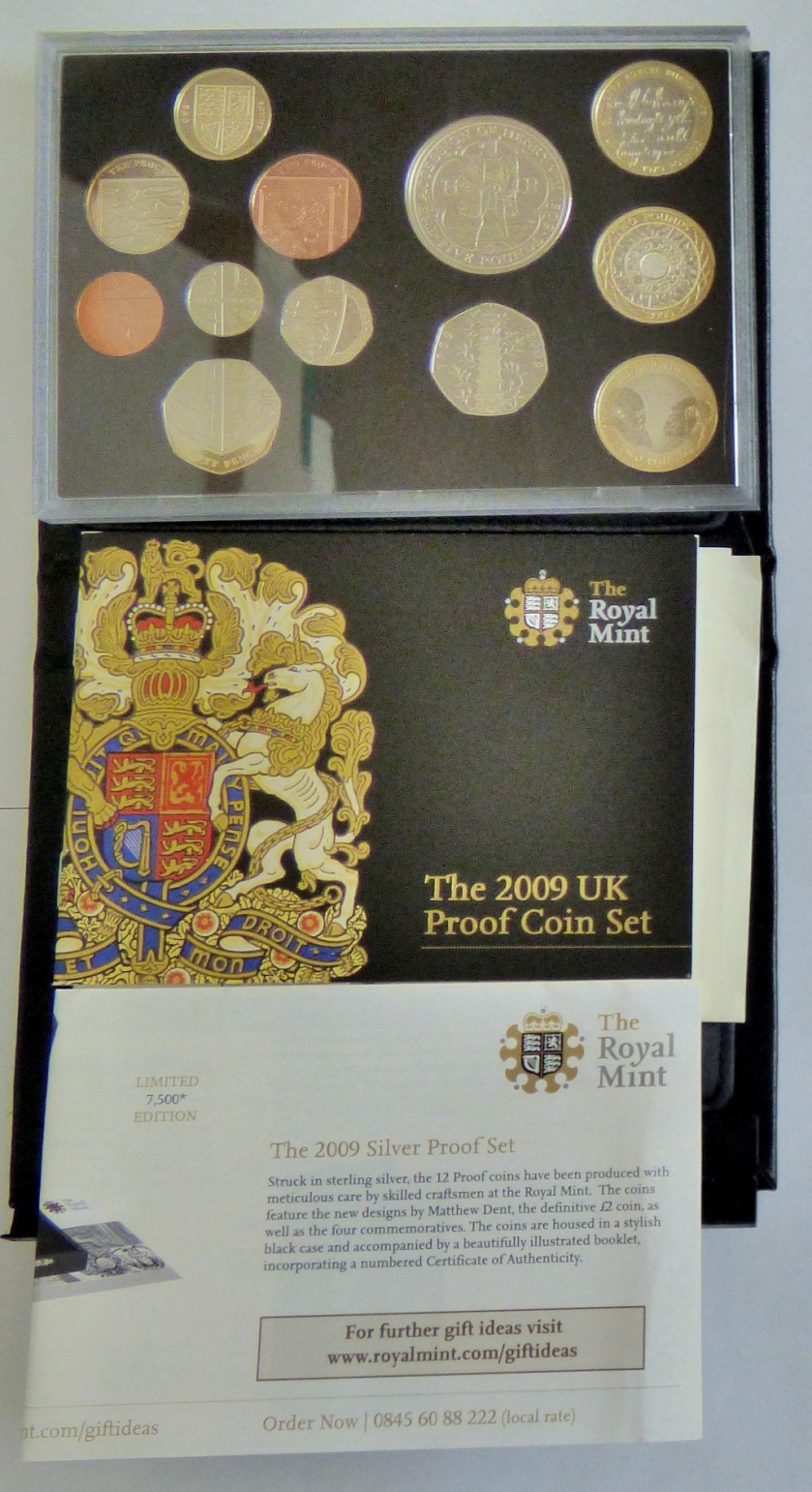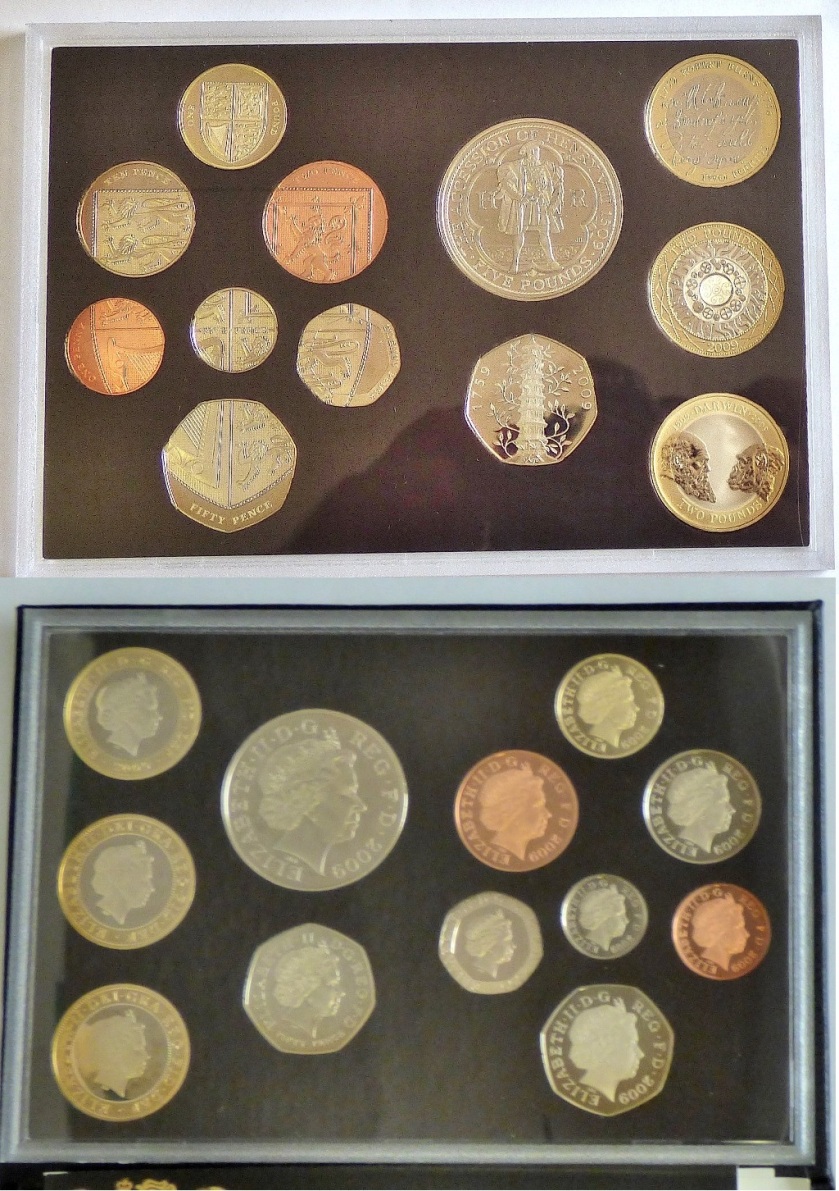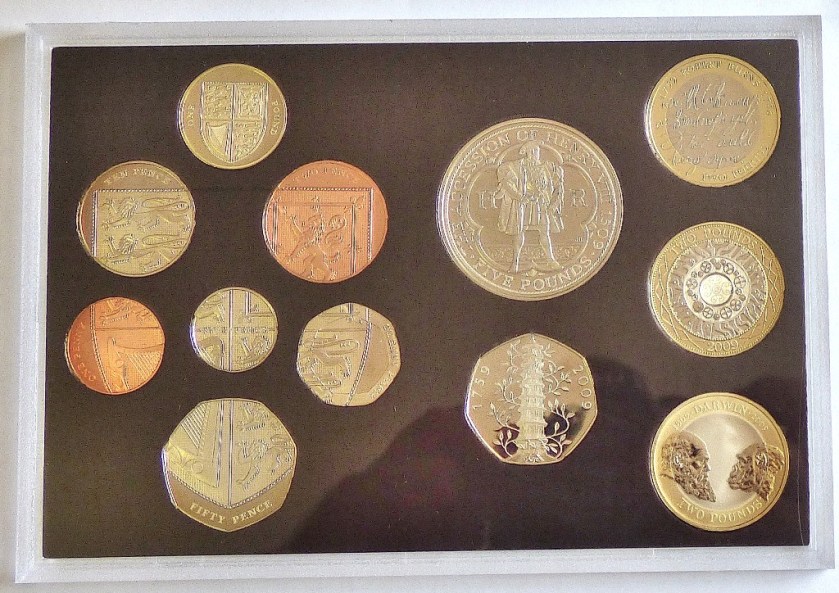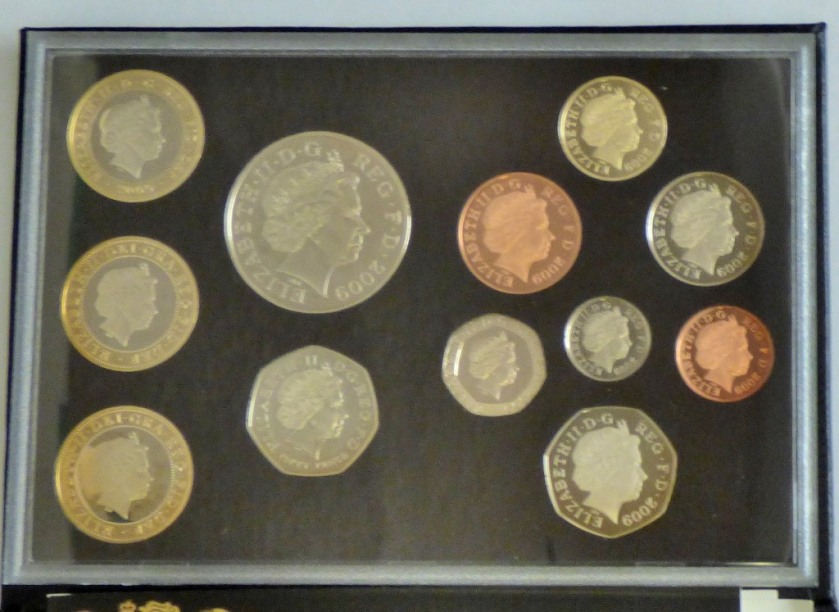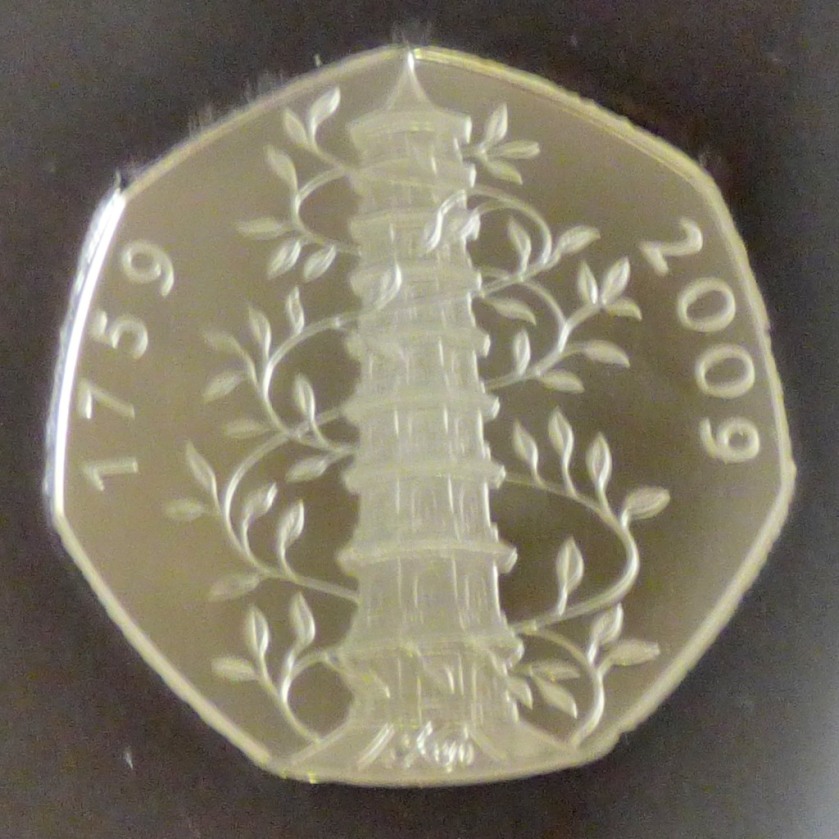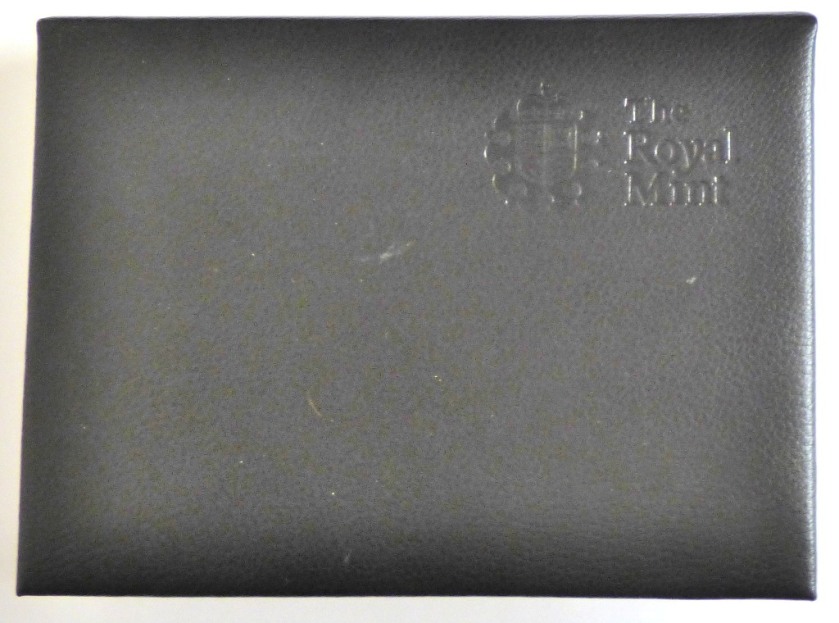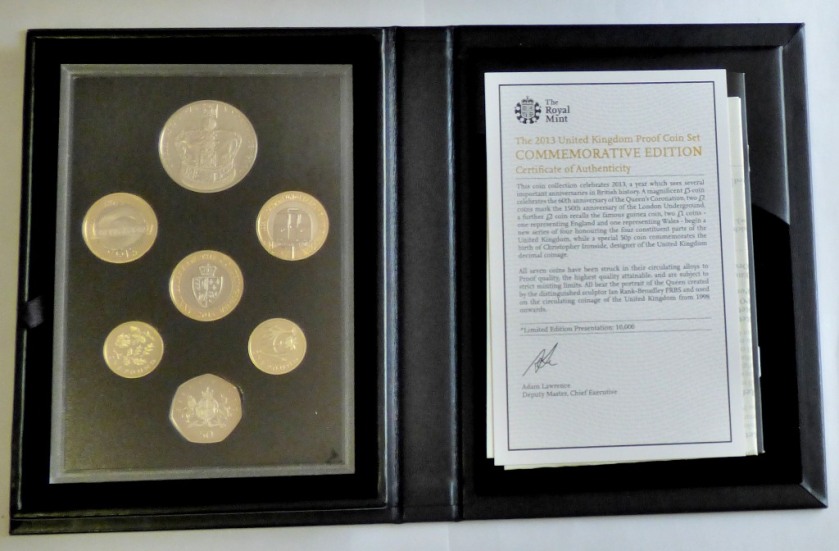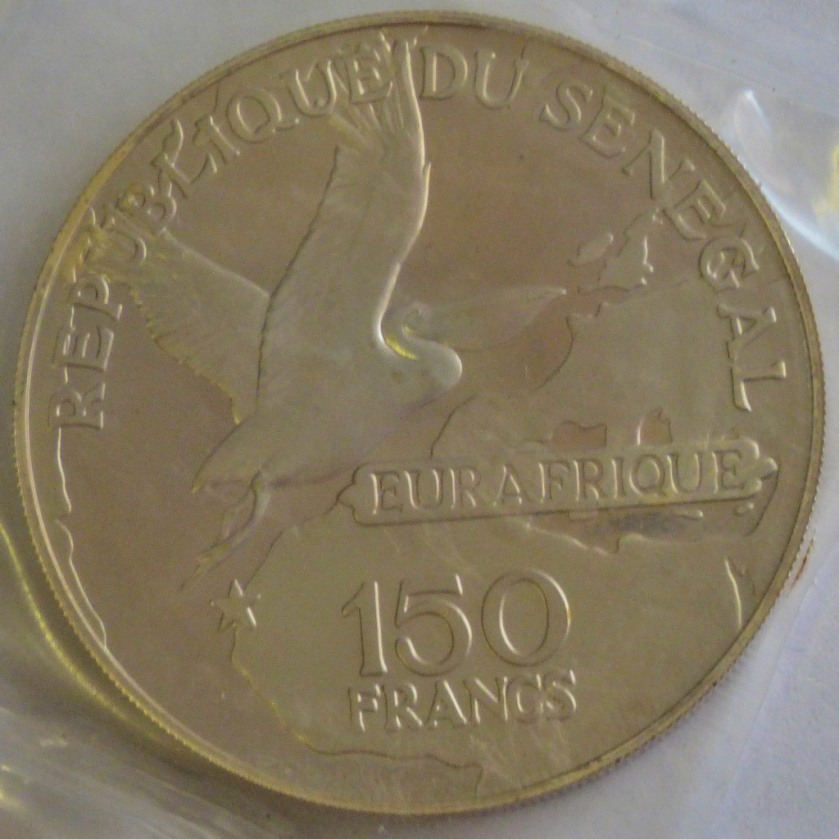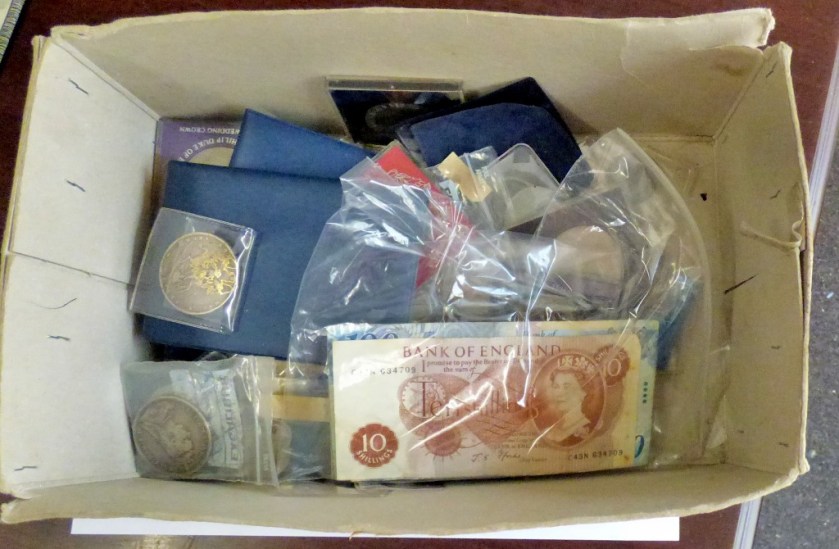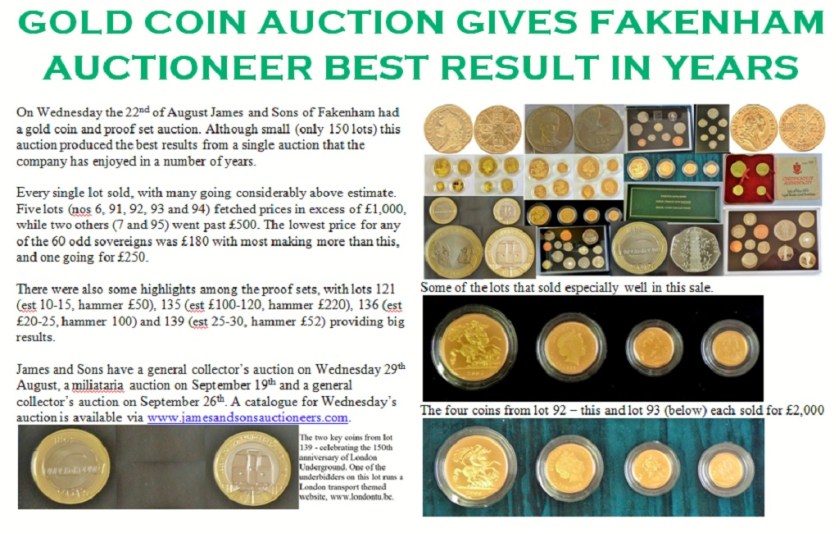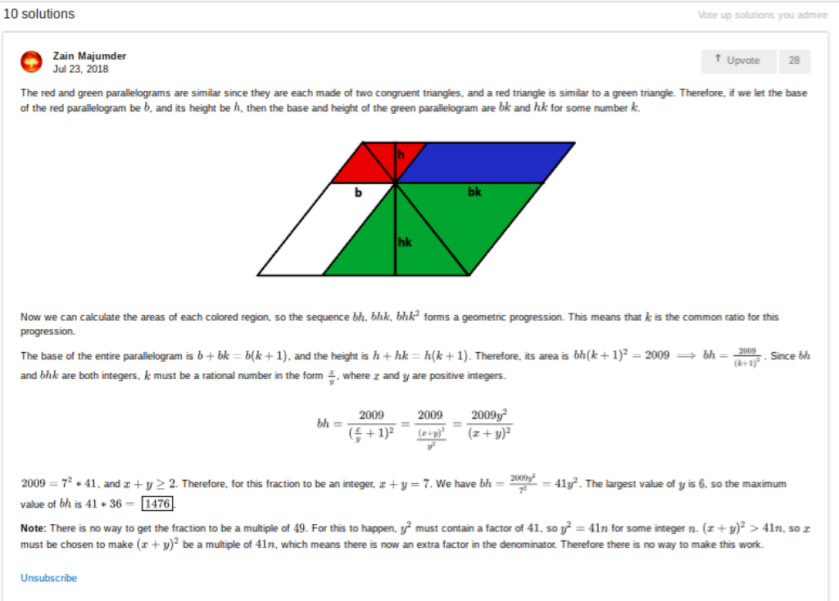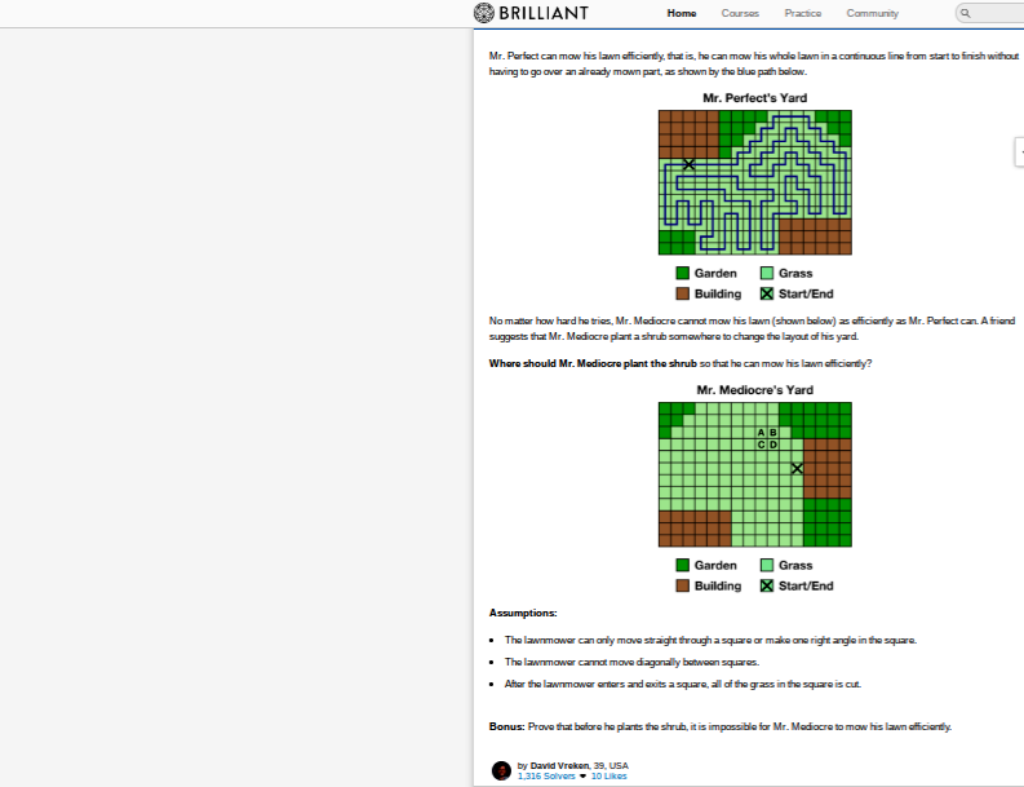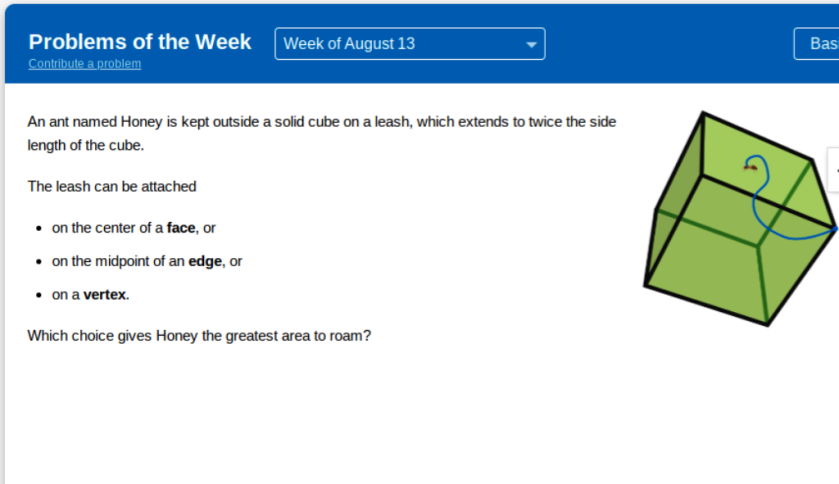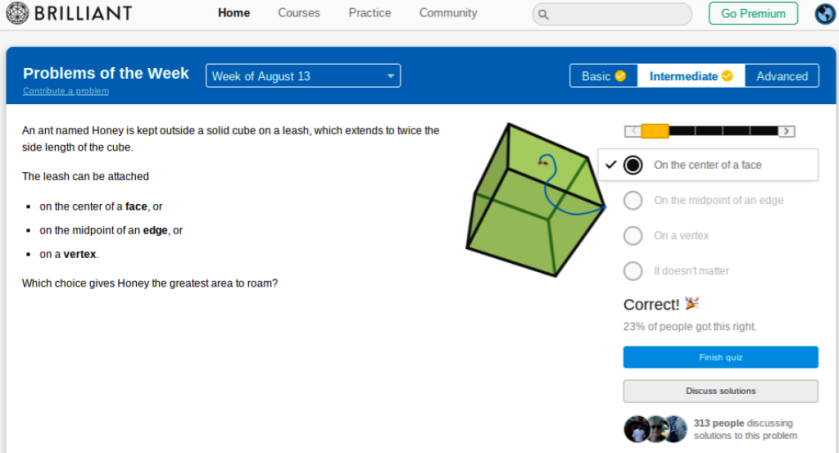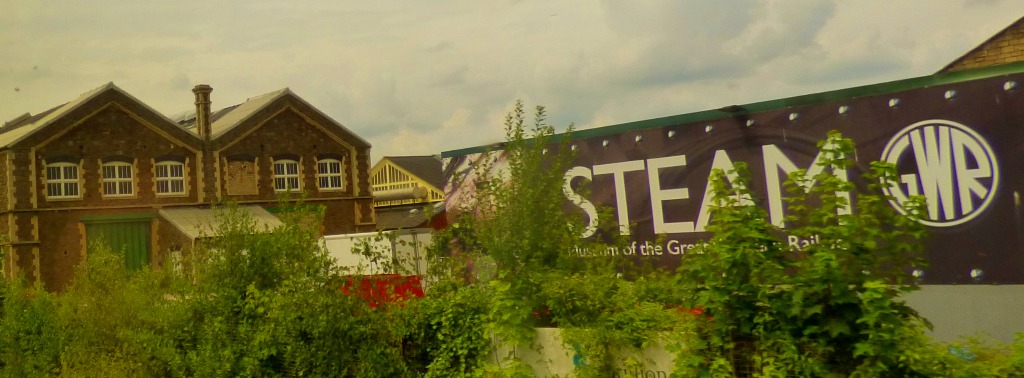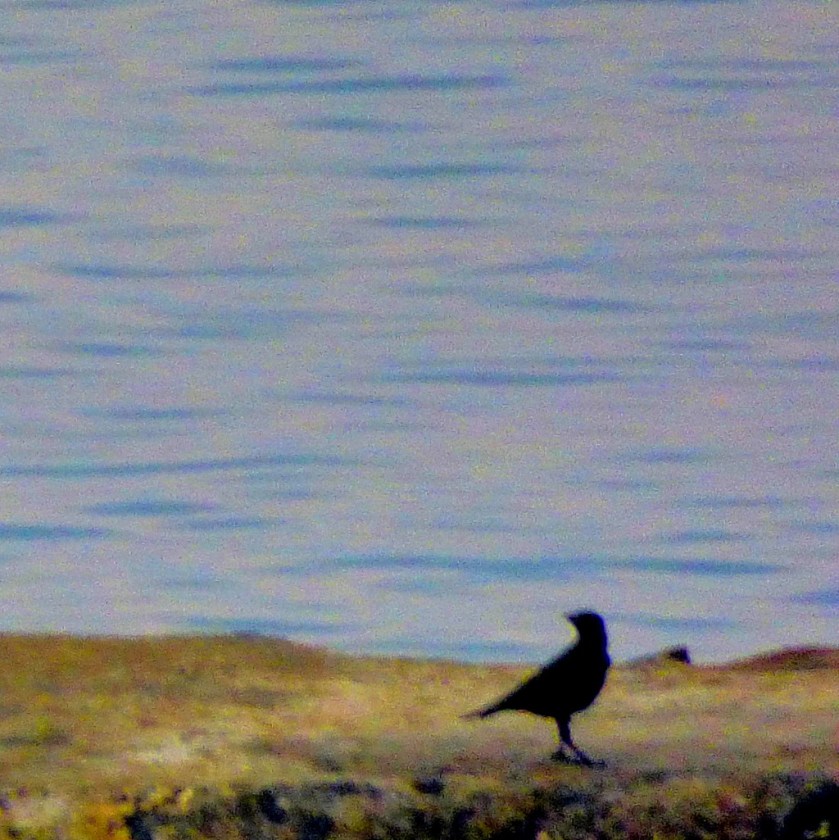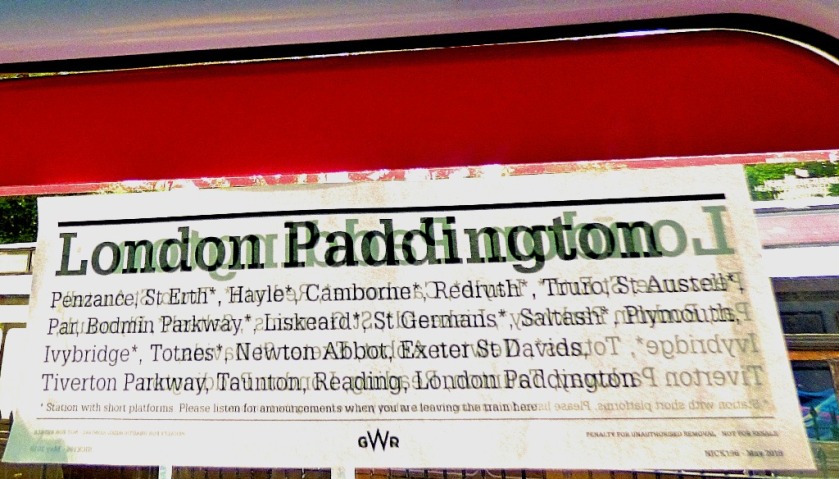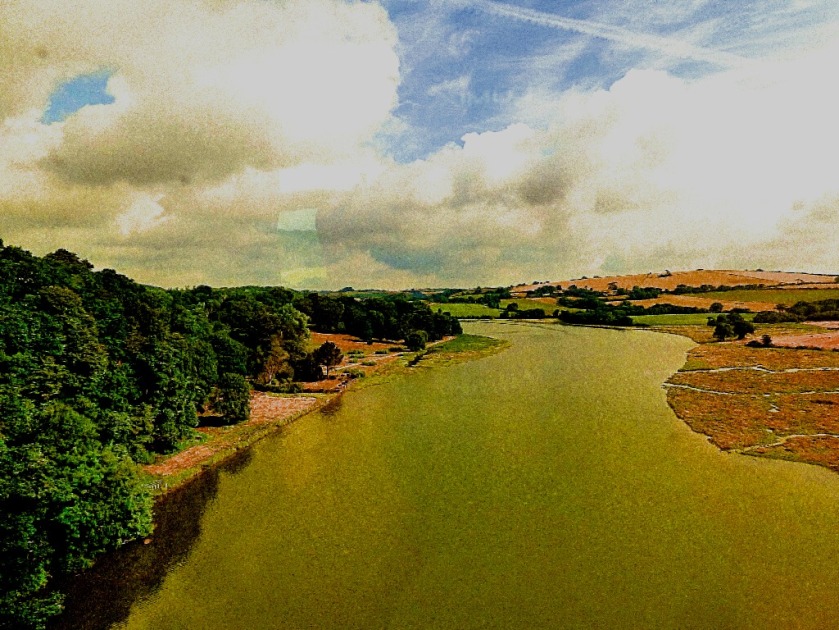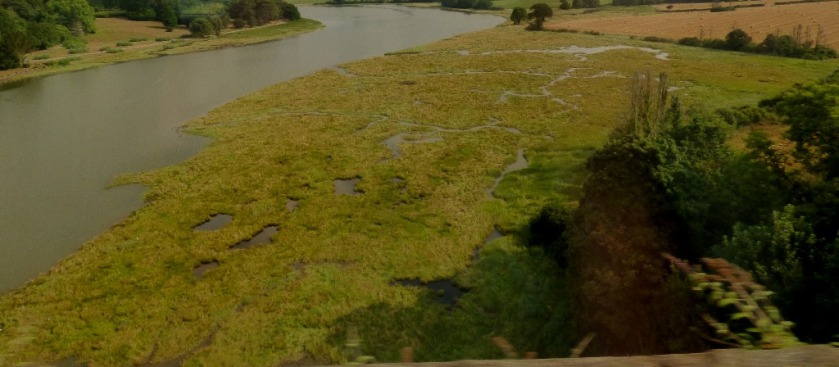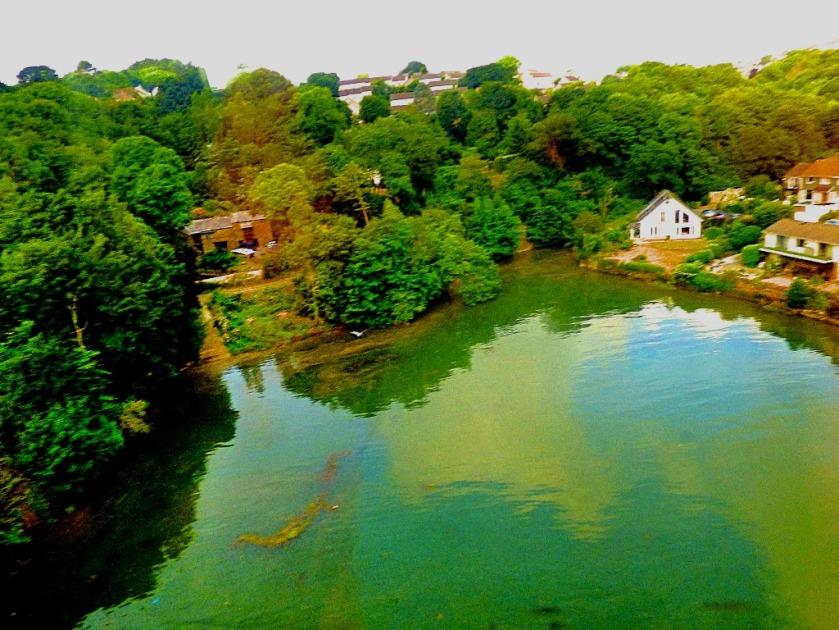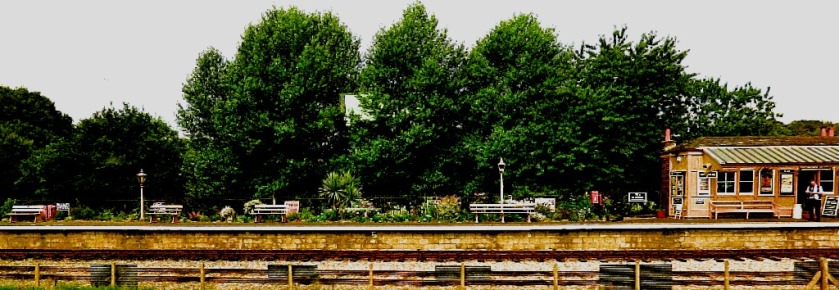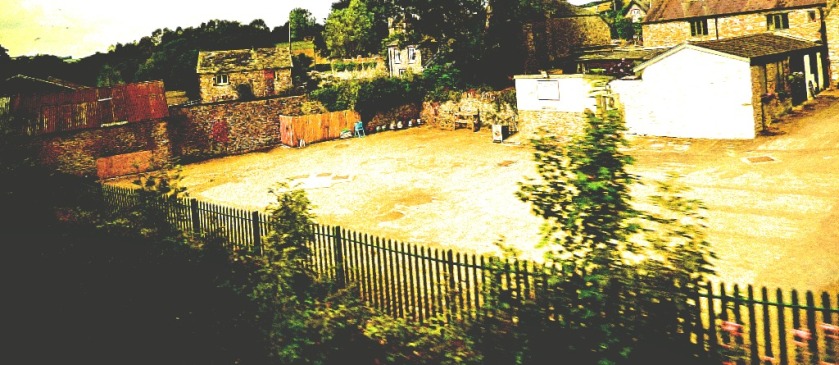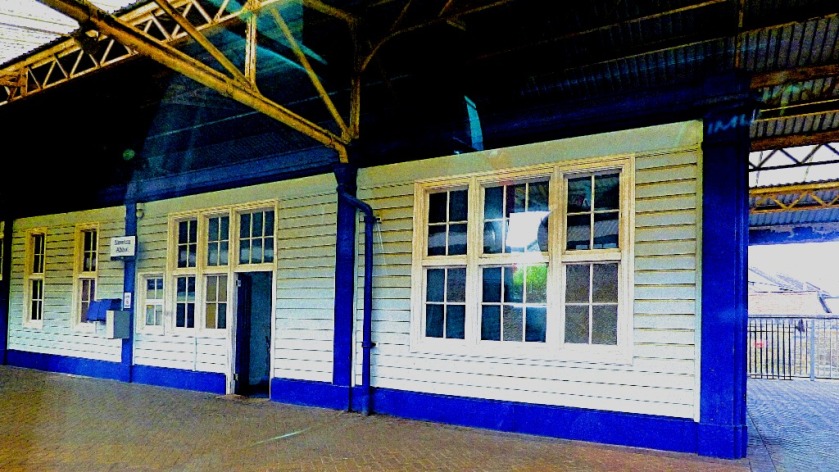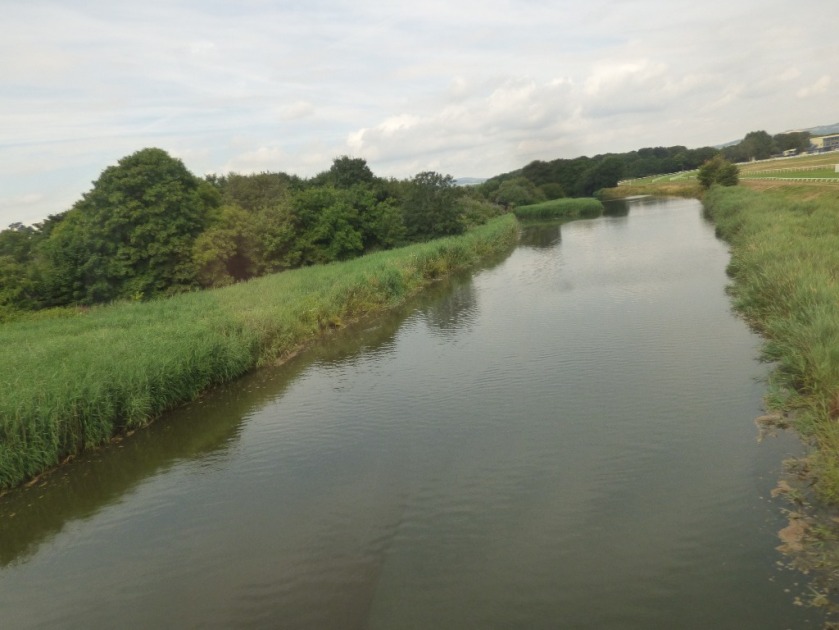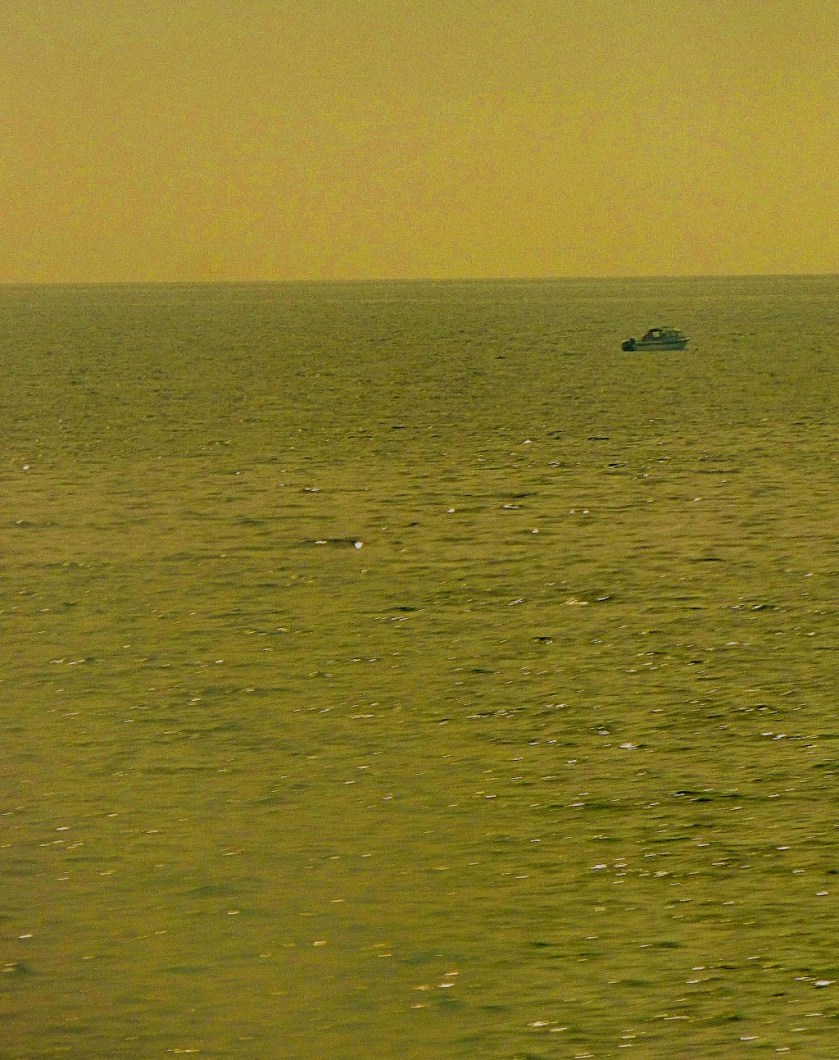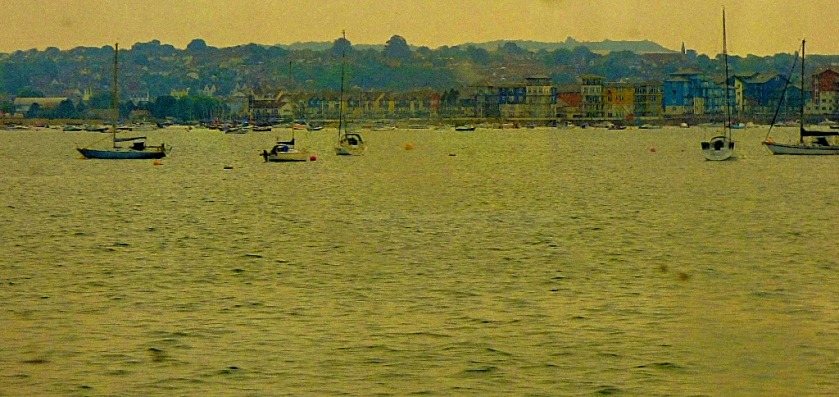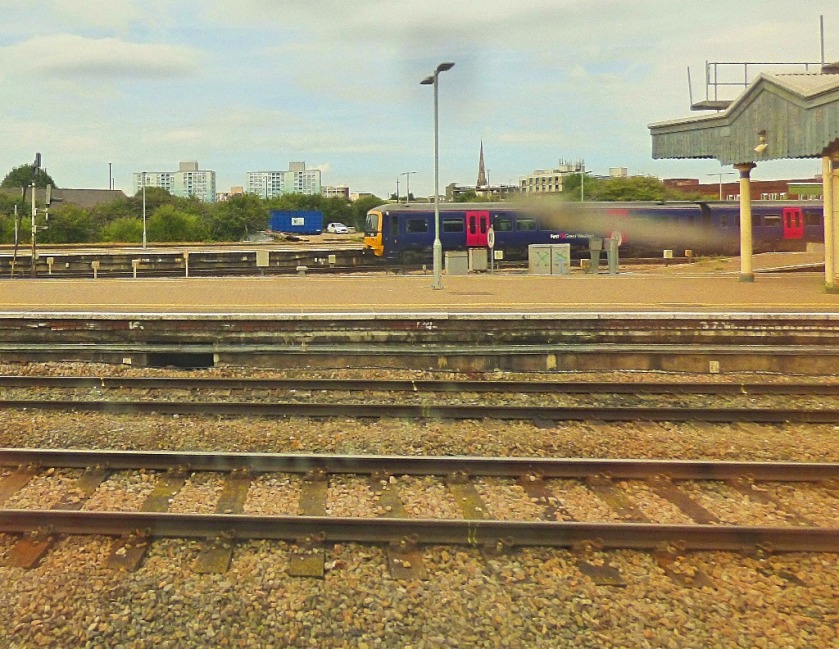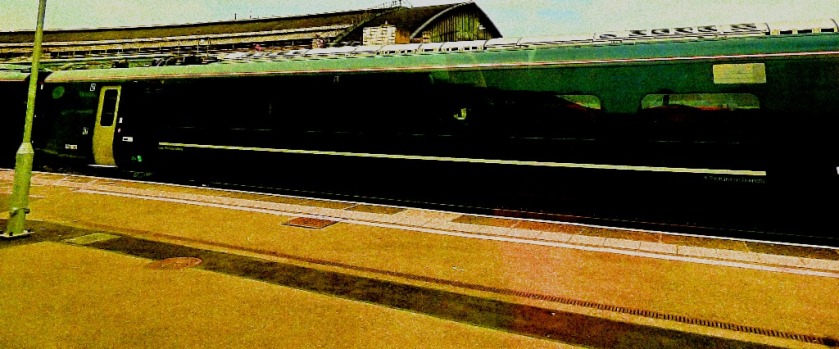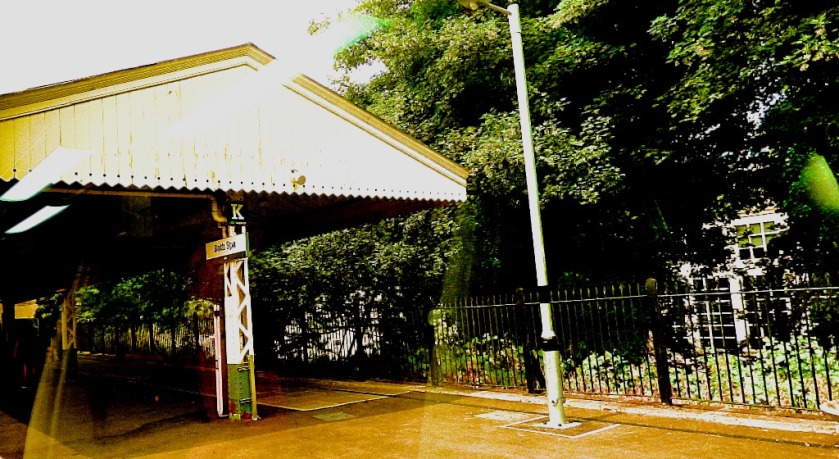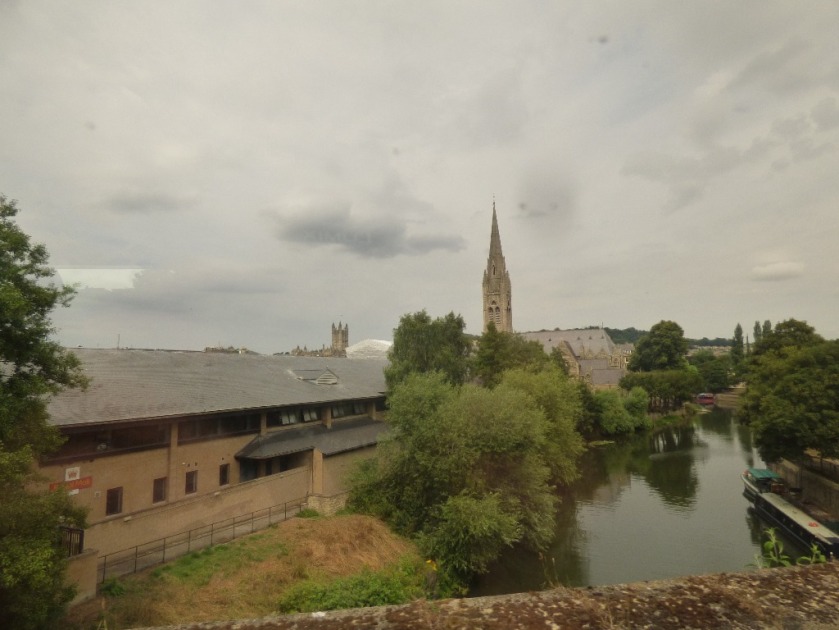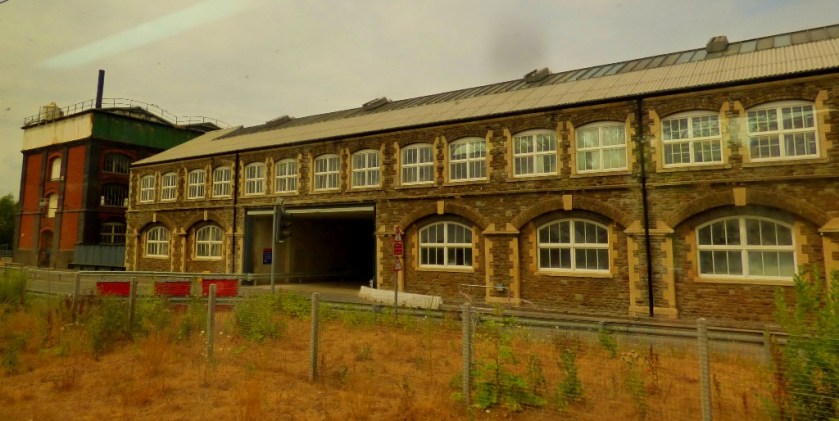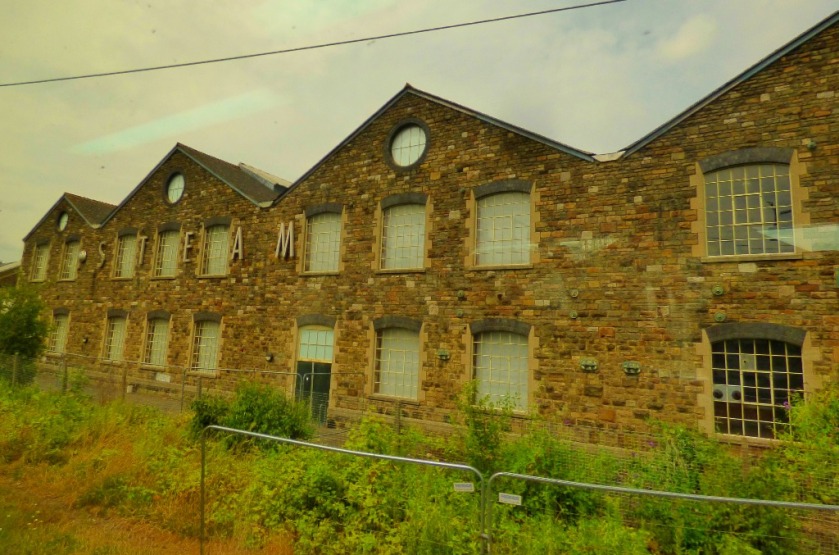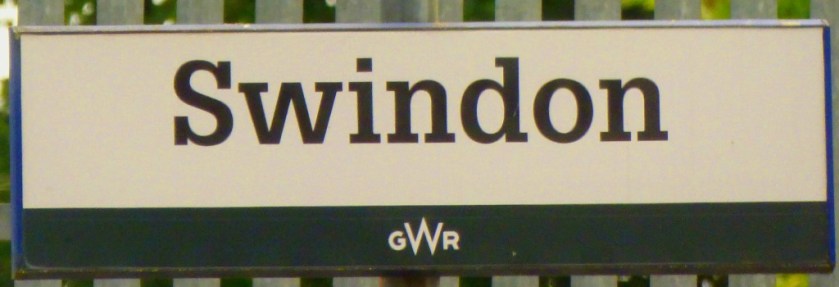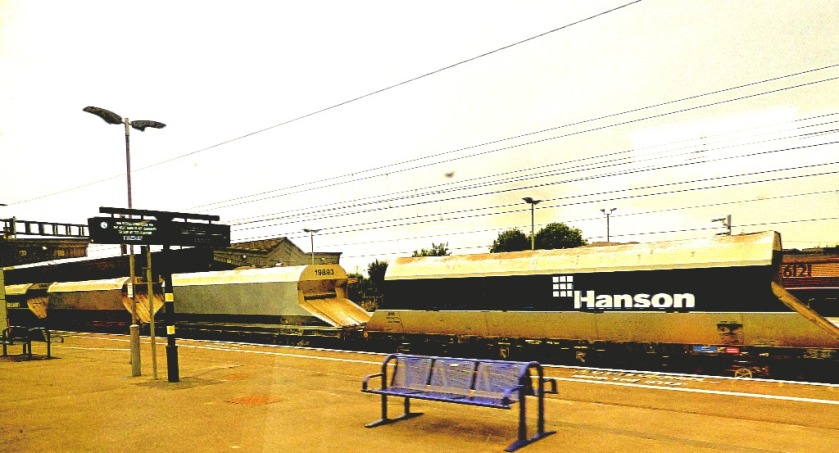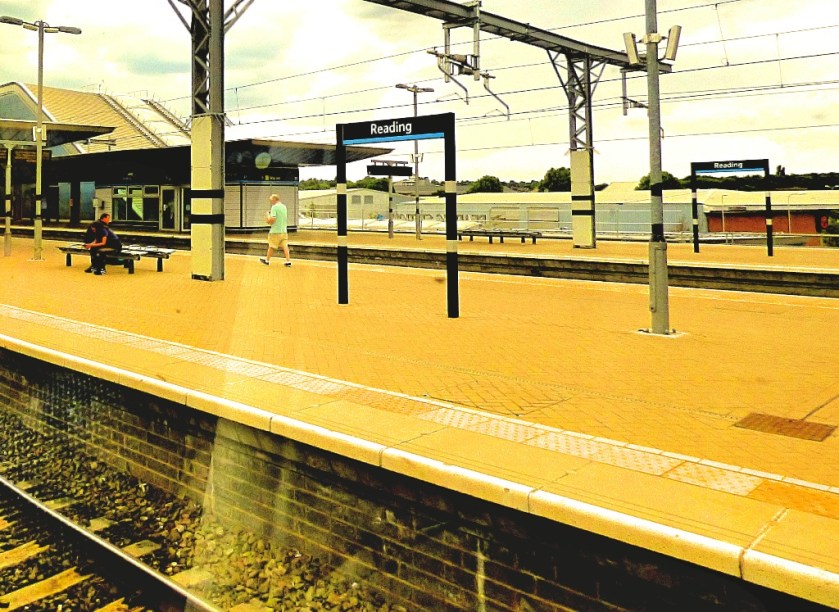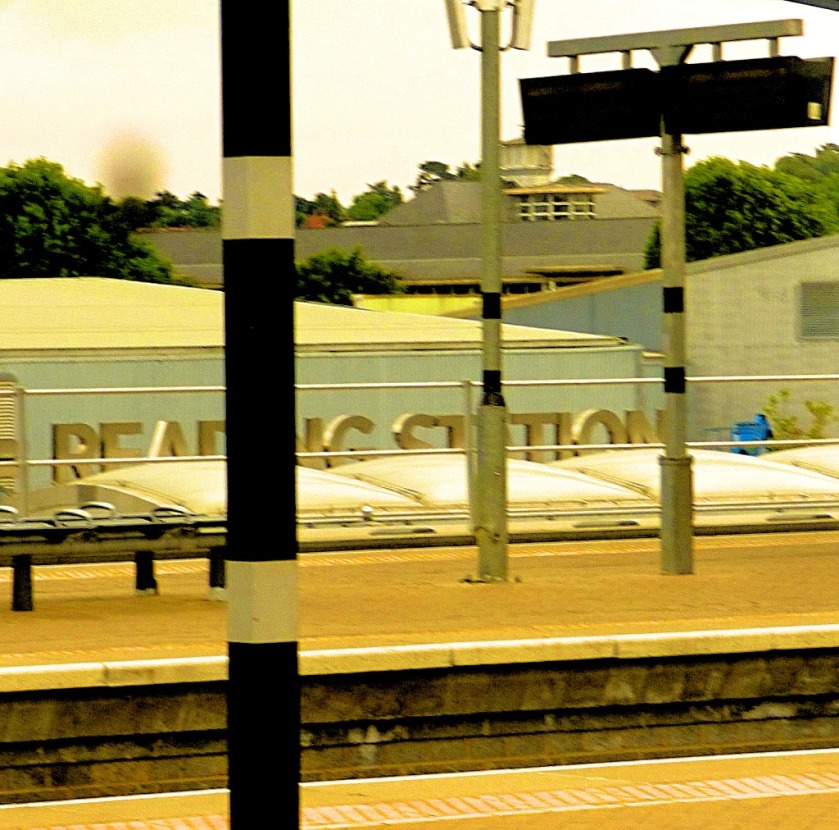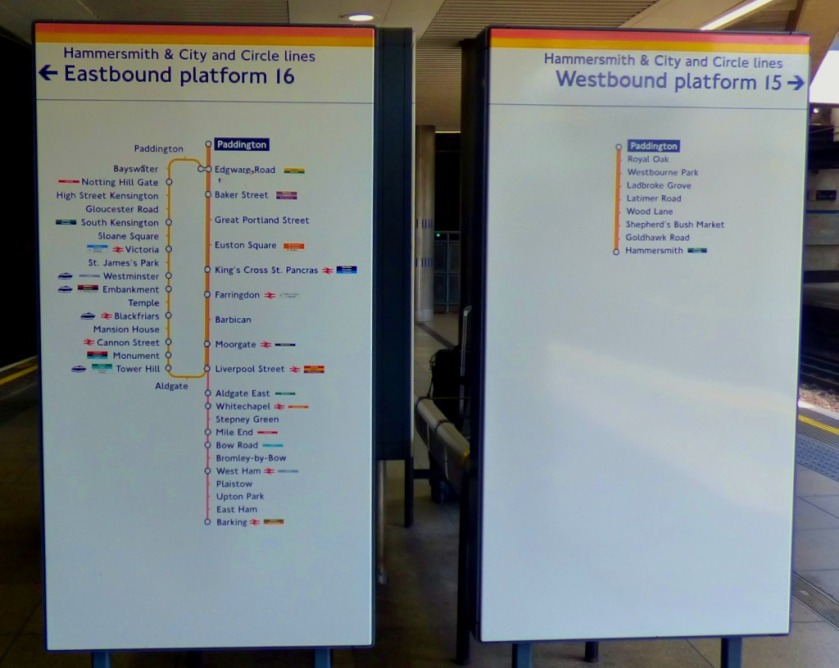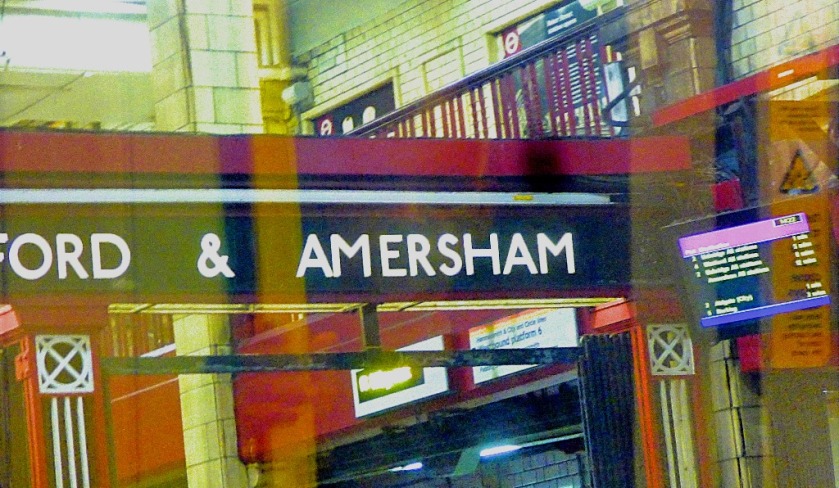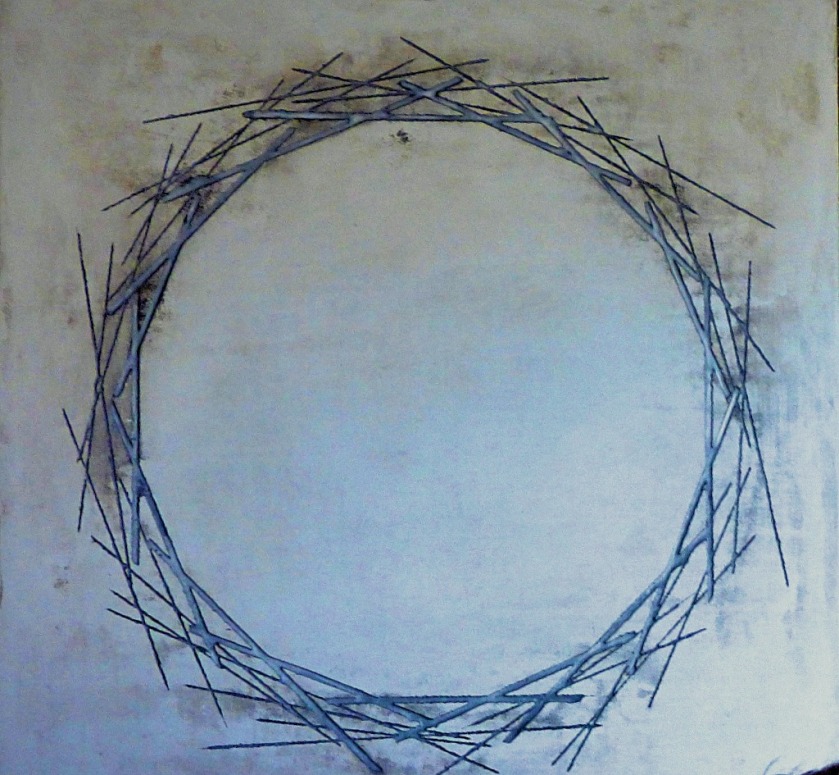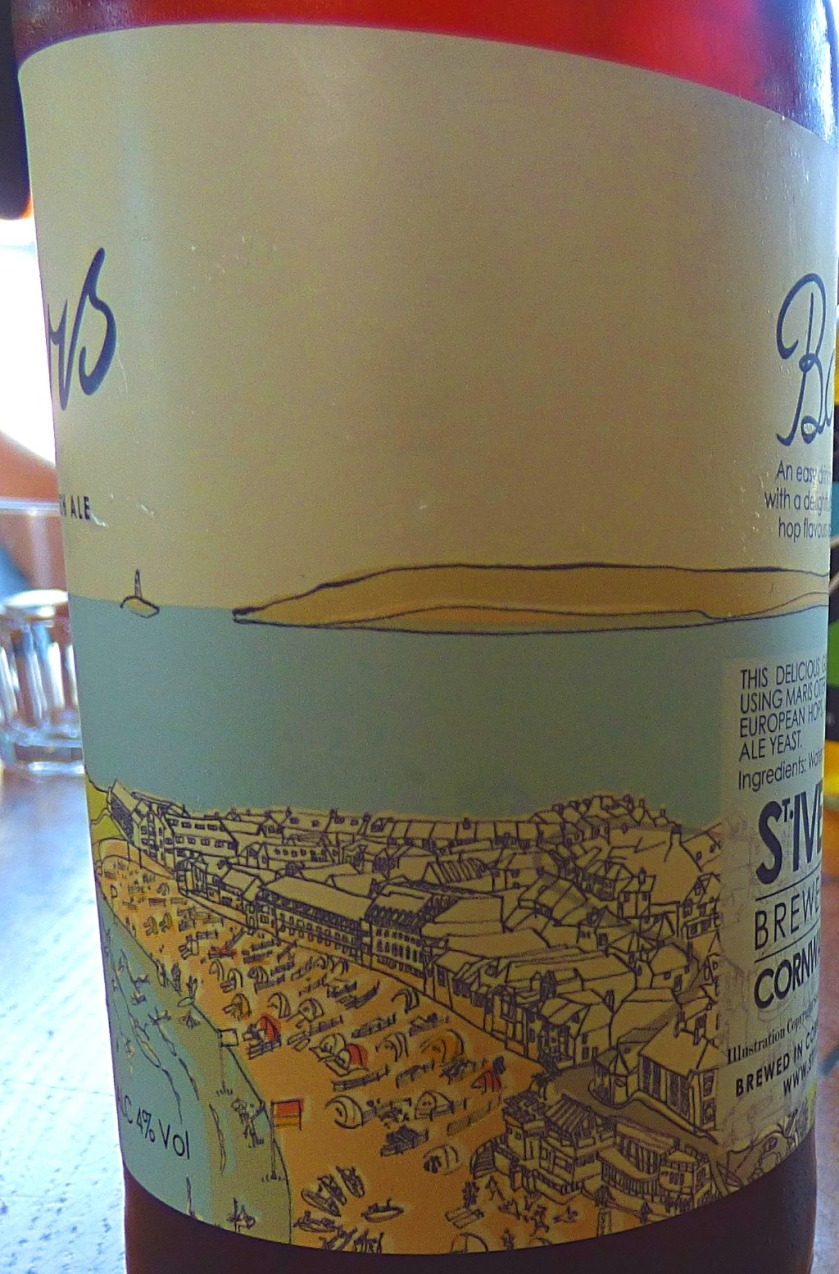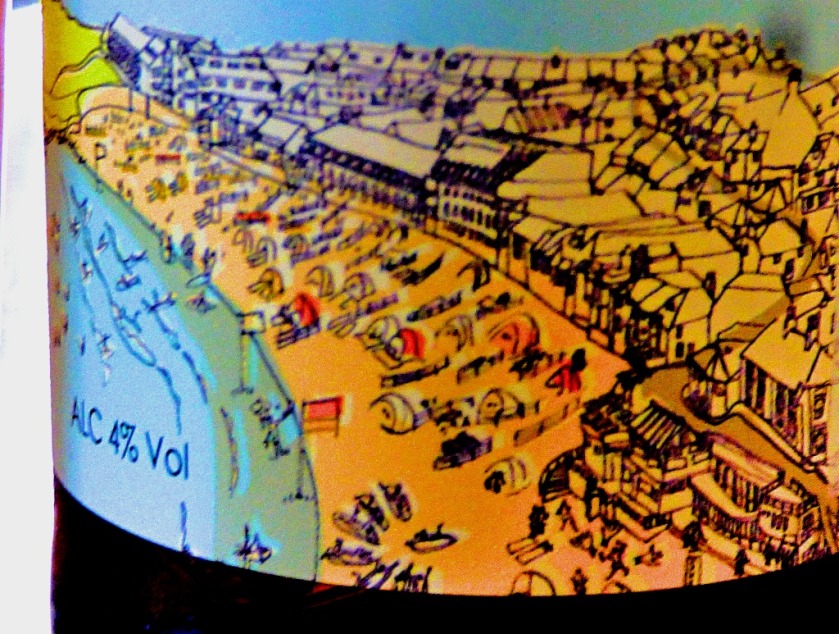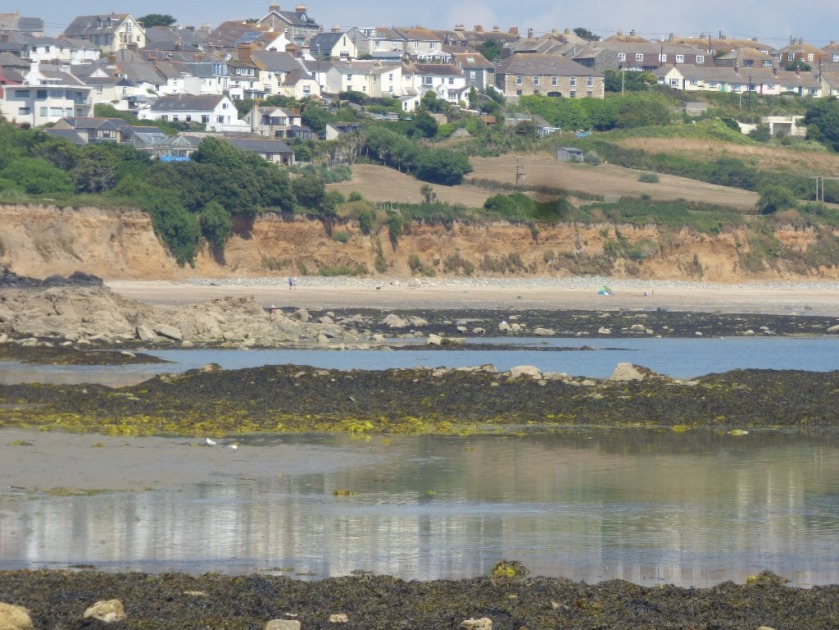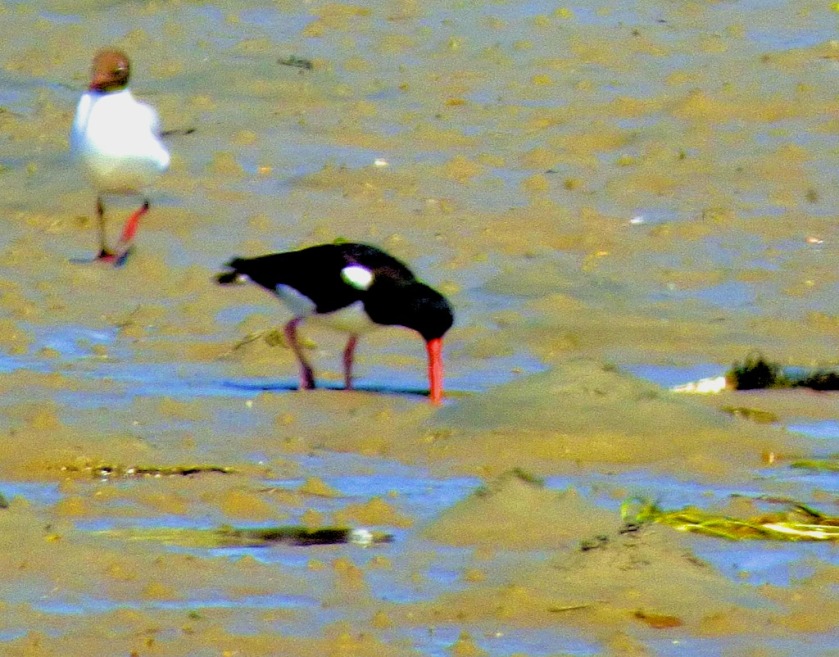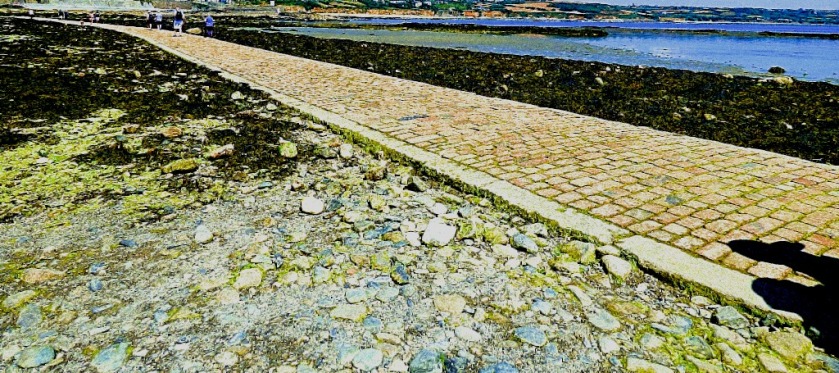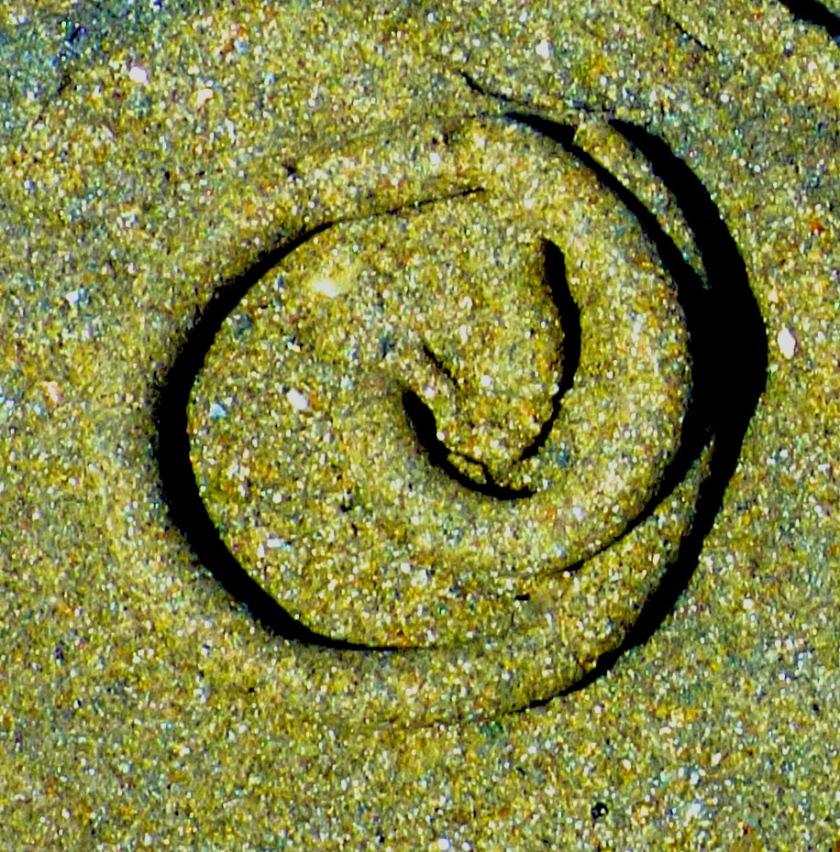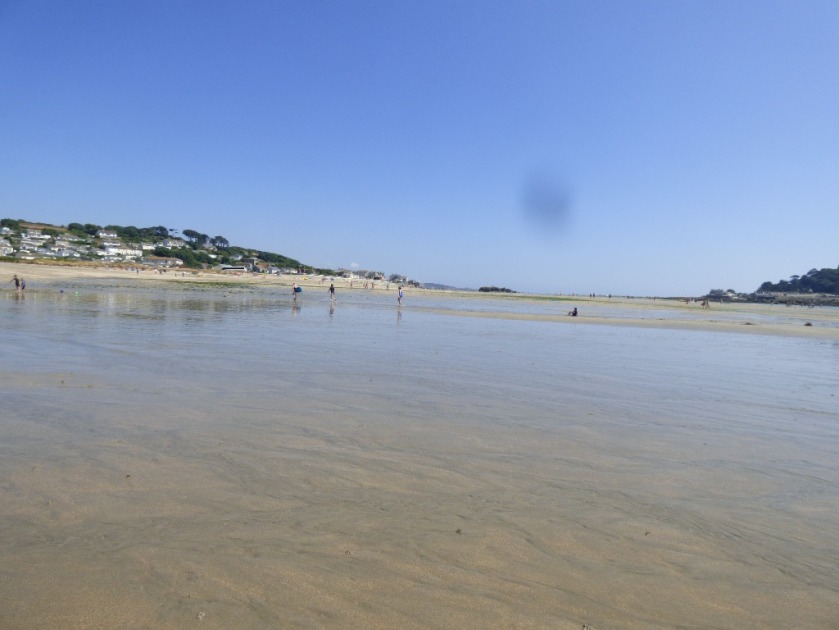INTRODUCTION
As well as some stuff about the state of play in the current England vs India series I have a couple of mathematical problems for you and some of my own photographs at the end.
ENGLAND’S DREADFUL START
England won the toss yesterday morning before the fourth test match of the five match series against India at the Ageas Bowl, Botley Southampton. This was the last thing they managed to do right for some considerable time. At last, with the scoreboard reading a barely credible 86-6, Sam Curran, inexplicably dropped from the last test match and now returning to the fray, emerged from the pavilion. Much of the carnage was more due to good Indian bowling than bad batting, although Jennings (already on borrowed time for my money) will not want to see replays of his LBW (however good a piece of bowling it may have been padding up to one which would have uprooted the middle stump otherwise never looks good). Fortunately England’s tail managed to produce a diplodocid (see picture at end of this paragraph) proportion of the innings. Curran, making the ridiculous decision to drop him from the previous game look positively ludicrous, racked up 78 before he was last out, the total hvaing reached a semi-respectable 246.
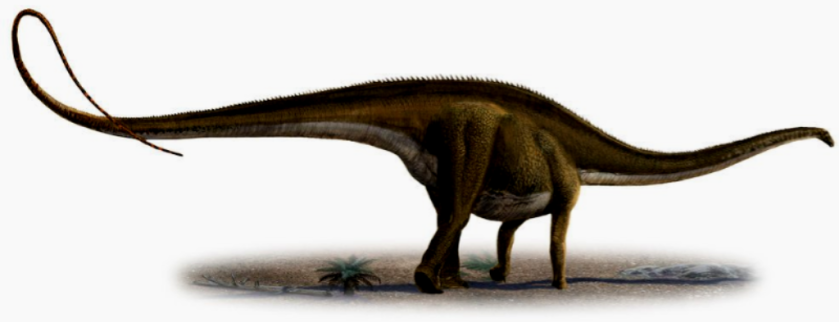
India are currently 135-2 in response. Only once in test match history has a side come back from 0-2 down to take a five match series, in 1936-7 when Australia’s comeback was fuelled by scores of 270, 212 and 169 from Don Bradman in the course of those last three matches. In 1894-5 Australia levelled the series at 2-2 after being 0-2 down but Andrew Stoddart’s England rallied to win the decider.
England’s continuing top-order woes need to be addressed if they are to avoid surrendering a series on which they seemed nto so long ago to have a vice-like grip. Rory Burns must come into the side in place of Jennings. I would also bring Pope back but place him lower in the order. brief interjection – BIG NEWS – Kohli Is Out! Also, thinking about the need for top order runs I now tender a suggestion far more radical than Rory Burns – there is one England opener who has making stacks of runs all over the place of late – the one and only Tammy Beaumont! The way they have performed thus far none of the current top order are entitled to object to that suggestion.

Yes going with two new openers would be a colossal gamble, but they could scarcely fare much worse than Cook and Jennings have in this series.
A COUPLE OF MATHEMATICAL TEASERS
Both of these, from my usual source, are very easy problems which have tripped a number of solvers up. I give them in the reverse order to which they appeared:
And
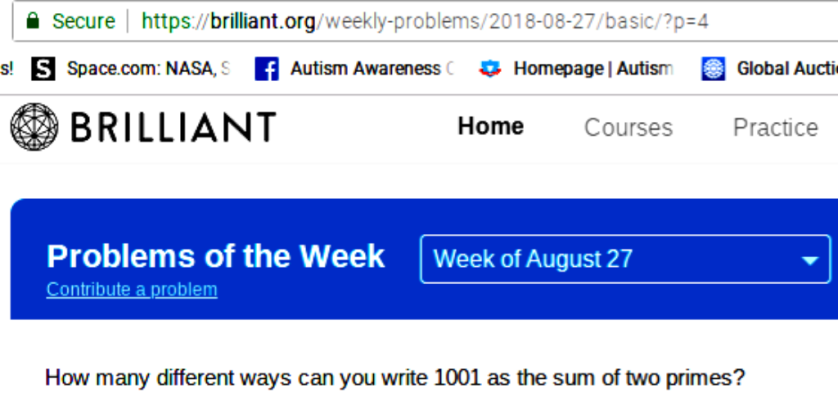
HERITAGE OPEN DAY
Heritage Open Day this year is Sunday September 16th. There will be some 60 sites open in the King’s Lynn area, and if you there on the day do make sure you visit. If you happen to visit the cellars at the Bank House between 12 noon and 2PM I will be one of the volunteers you encounter.
TWO STORIES OF BRITISH PUBLIC TRANSPORT DAFTNESS
I start this section with the more minor but also more personal of these stories. Today I made my travel arrangements to Sheffield for a cousin’s wedding. I checked bookings from King’s Lynn to Sheffield, and the cheapest ticket would have cost me £68.20. Knowing that a ‘plan B’ was available I then checked out bookings from Peterborough to Sheffield and lo and behold up came a ticket for just £38.50, which when the two bus tickets on the ExCel are added in amounts to £51 all up. In other words to have travelled by train from King’s Lynn all the way to Sheffield would have cost me 33% more than the combined bus/ train route I am actually taking. Now of course not everyone booking this journey would have known of the alternative, and I wonder how many people have been swindled in this.
My second story of public transport daftness is that The Elizabeth Line (aka Crossrail) will not now be coming into service until nearly a whole year later than planned (more here).
PHOTOGRAPHS
The pictures here are of items I purchased at our auction on Wednesday (it was reasonably successful, with a few big sales, and a lot of items finding buyers).
